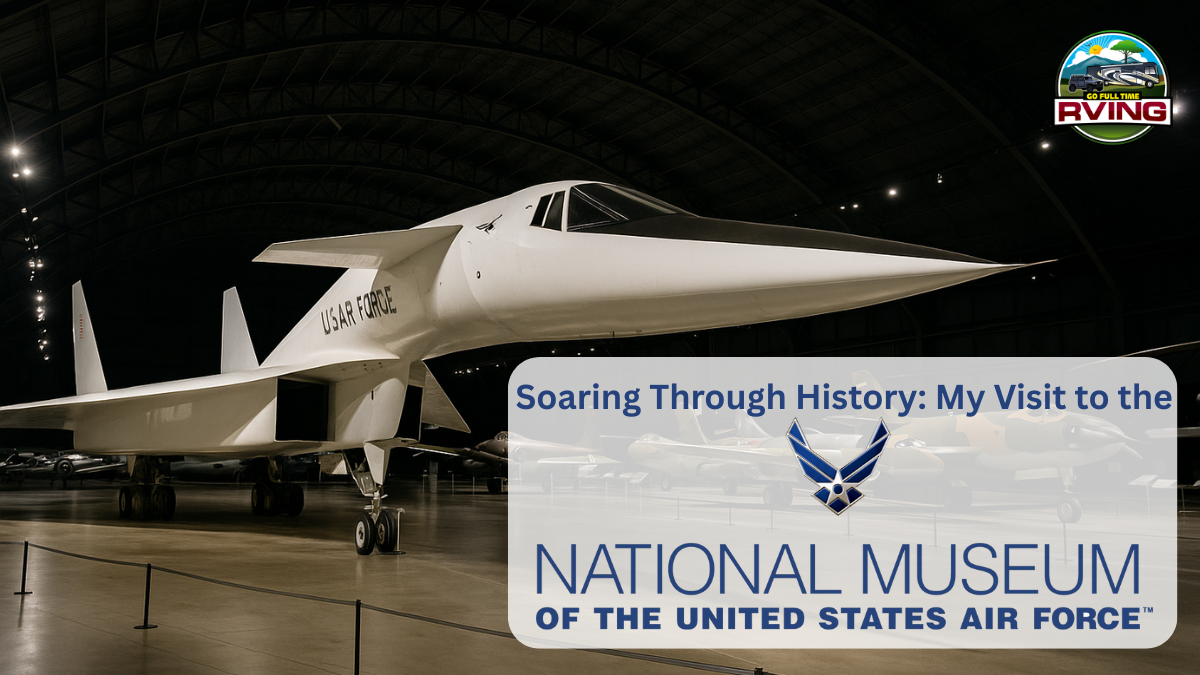As full-time RVers, one of the greatest perks of life on the road is the freedom to explore unique destinations that match our passions. For me, that passion is aviation—airplanes of every kind, from vintage warbirds to sleek experimental jets. So when our travels brought us to Dayton, Ohio, I couldn’t pass up the chance to spend a day at the National Museum of the U.S. Air Force, the world’s largest military aviation museum and a must-see stop for anyone fascinated by flight and American aviation history.
This post contains affiliate links. As a participant in Amazon Associates and various affiliate programs, we are compensated when qualifying purchases are made through our referral links at no additional cost to you. Full Disclosure
Lisa, knowing exactly how much geeking out was about to go down, lovingly opted out of this one. She stayed back while I dove headfirst into what might be one of the most impressive aviation museums on the planet: the National Museum of the U.S. Air Force.
If you’re into aircraft, air power, or military history, let me tell you—this place is absolute heaven.
National Museum of the U.S. Air Force Location
1100 Spaatz Street
Wright-Patterson AFB, OH 45433
Free Admission, Unlimited Awe
Let’s start with the basics: the museum is completely free. Zero admission fee. You just walk right in, and before you know it, you’re standing under a massive B-52 bomber with exhibits stretching out in every direction.
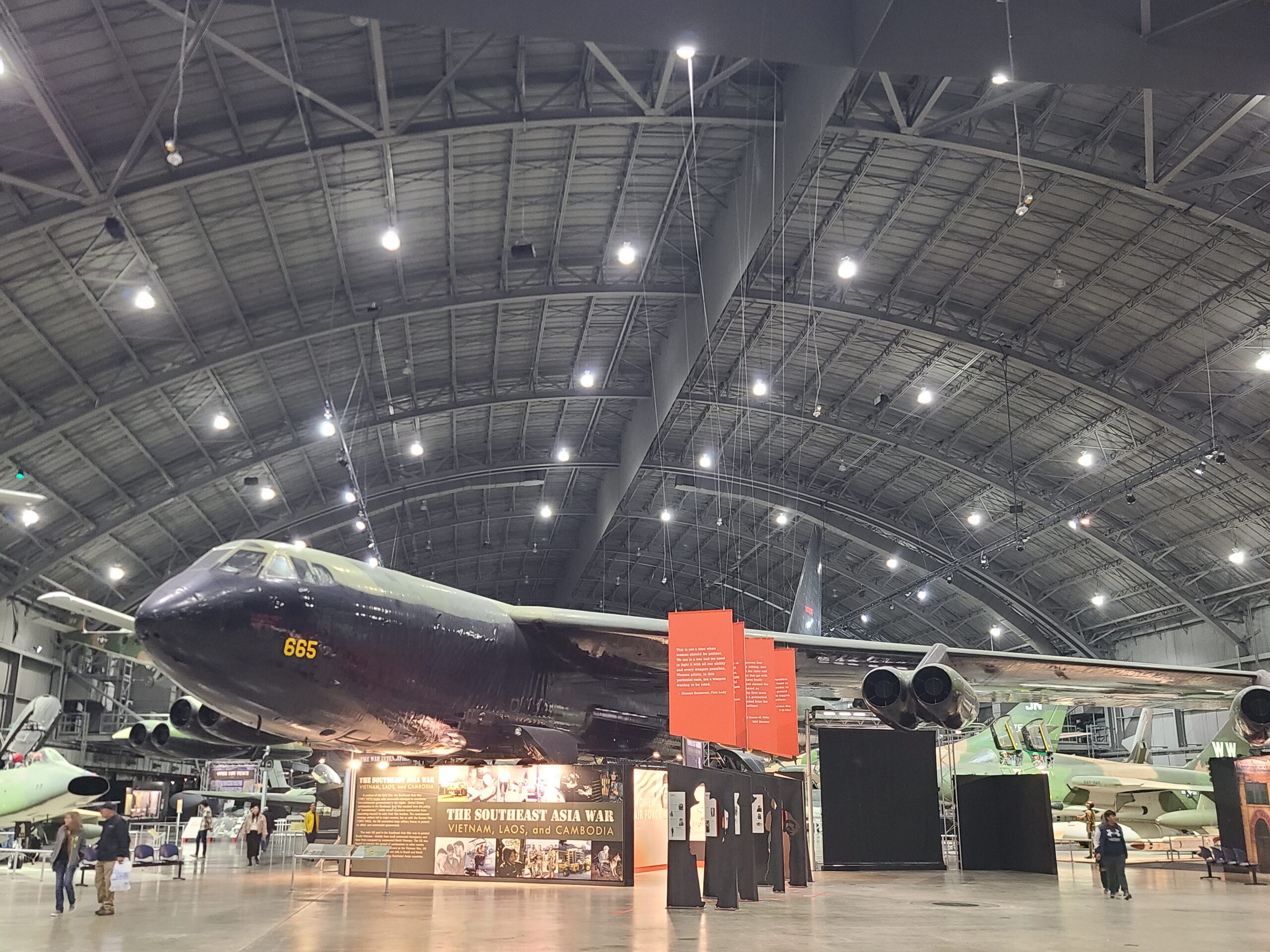
Housed at Wright-Patterson Air Force Base, this is the oldest and largest military aviation museum in the world, with over 360 aircraft and missiles—not to mention thousands of artifacts—spanning everything from the earliest days of flight to modern space exploration.
The Wright Brothers: From Dayton to the Skies
Given that the museum is in Dayton, Ohio—the hometown of Orville and Wilbur Wright—it’s no surprise that their legacy is honored here in a big way. The Early Years Gallery offers a treasure trove of original Wright Brothers artifacts that set the stage for the rest of the museum.
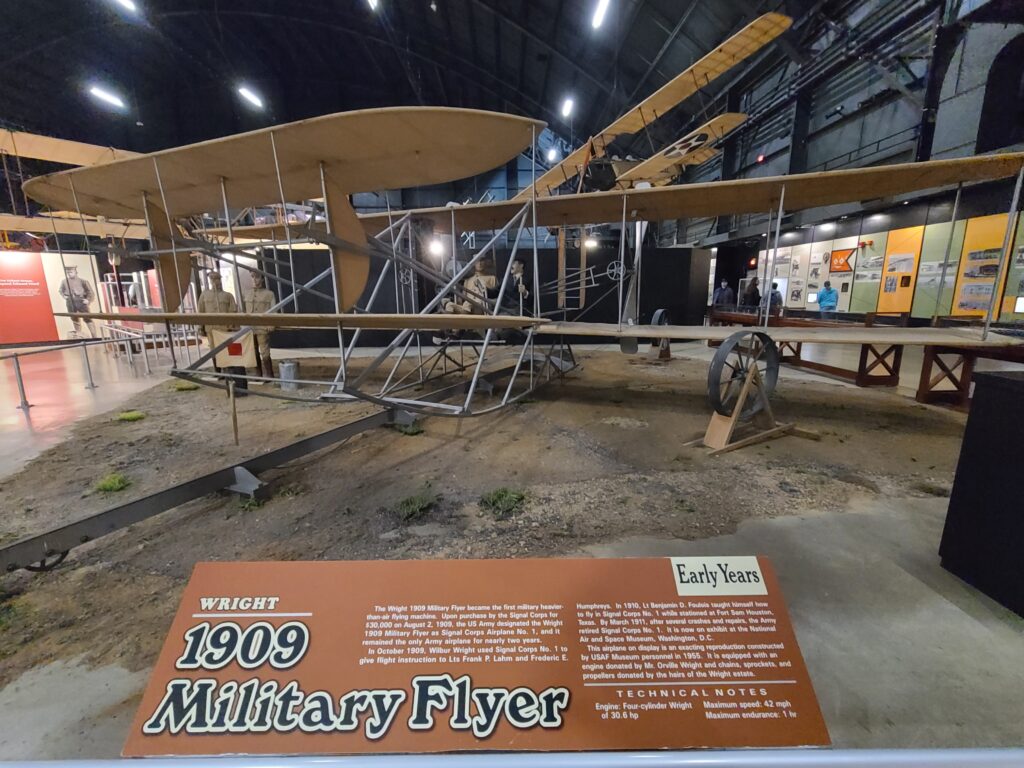
You can see:
- A 1909 Wright Military Flyer, the world’s first military airplane delivered to the U.S. Army Signal Corps. It’s an original aircraft, not a replica—and standing beside it, you get a sense of how fragile and daring those early flights were.
- Tools, notebooks, and personal effects used by the Wright Brothers in their Dayton bicycle shop and early aviation experiments.
- A display about their flying trials at Huffman Prairie, just a short distance from the museum. Huffman Prairie is where they really learned to fly, developing controlled turns, takeoffs, and landings. You can even visit the prairie separately if you’re interested in a short day trip from the museum.
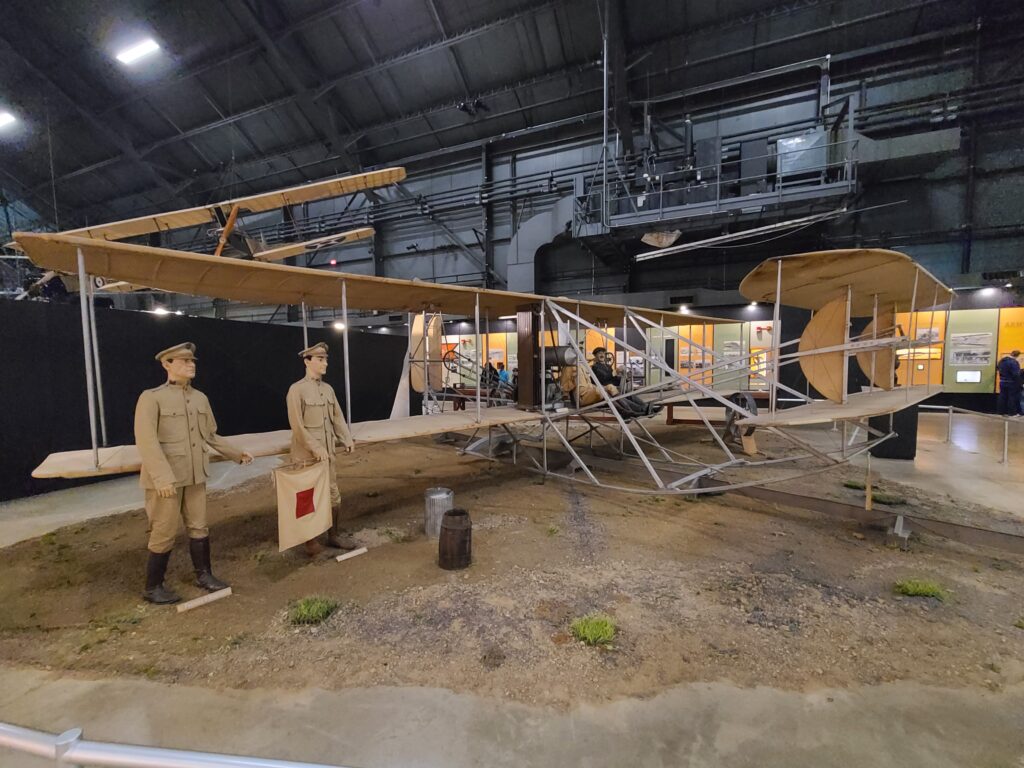

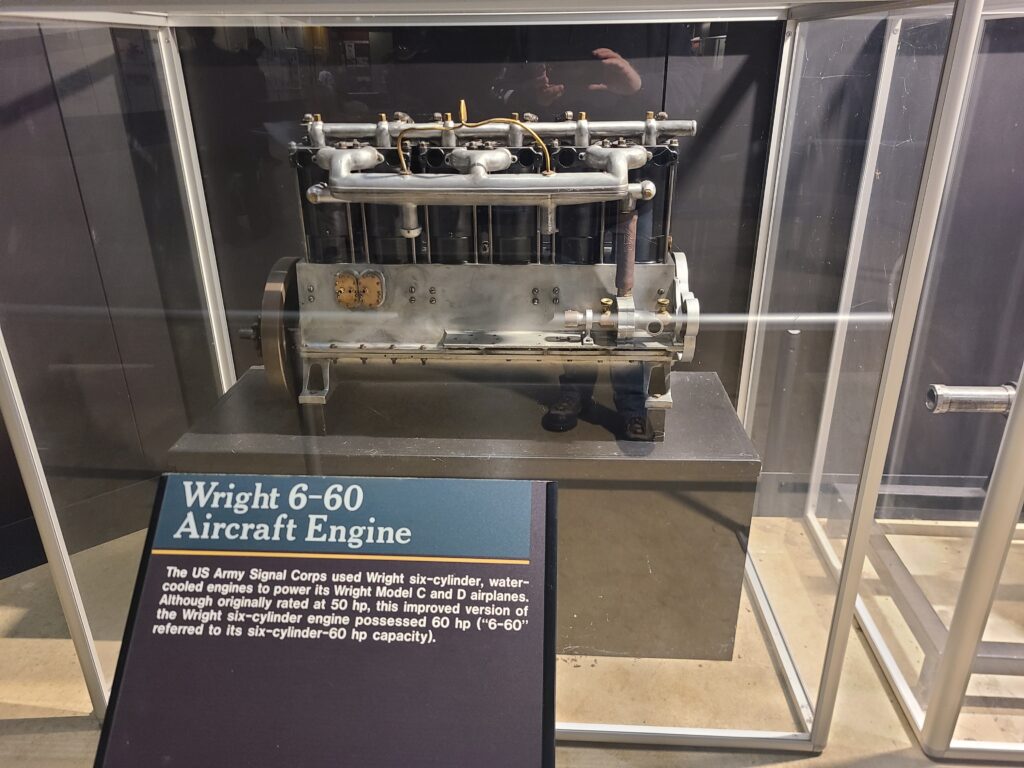
This section of the museum does a beautiful job of reminding you that before there were stealth bombers and space capsules, it all began with two bicycle mechanics who dared to dream of flight. For me, that anchored the whole experience.
Highlights That Made Me Nerd Out Hard
Once inside, you’ll quickly realize this isn’t your typical museum stroll. The layout is chronological, starting with early aviation pioneers (including the Wrights!) and moving through World War I, World War II, the Korean and Vietnam wars, the Cold War, and modern space and stealth technology.
Let’s be real—I could write an entire book on this museum. But here are a few exhibits that totally blew my mind:
Some of my favorite highlights:
B-29 Superfortress “Bockscar”
This is the actual plane that dropped the second atomic bomb on Nagasaki, Japan, on August 9, 1945. No replica. No model. The real deal. This is the actual plane that flew that mission—a mission that helped bring an end to World War II, but at an incredible human cost. The exhibit is intense and sobering. Standing under Bockscar is a moment that sticks with you.
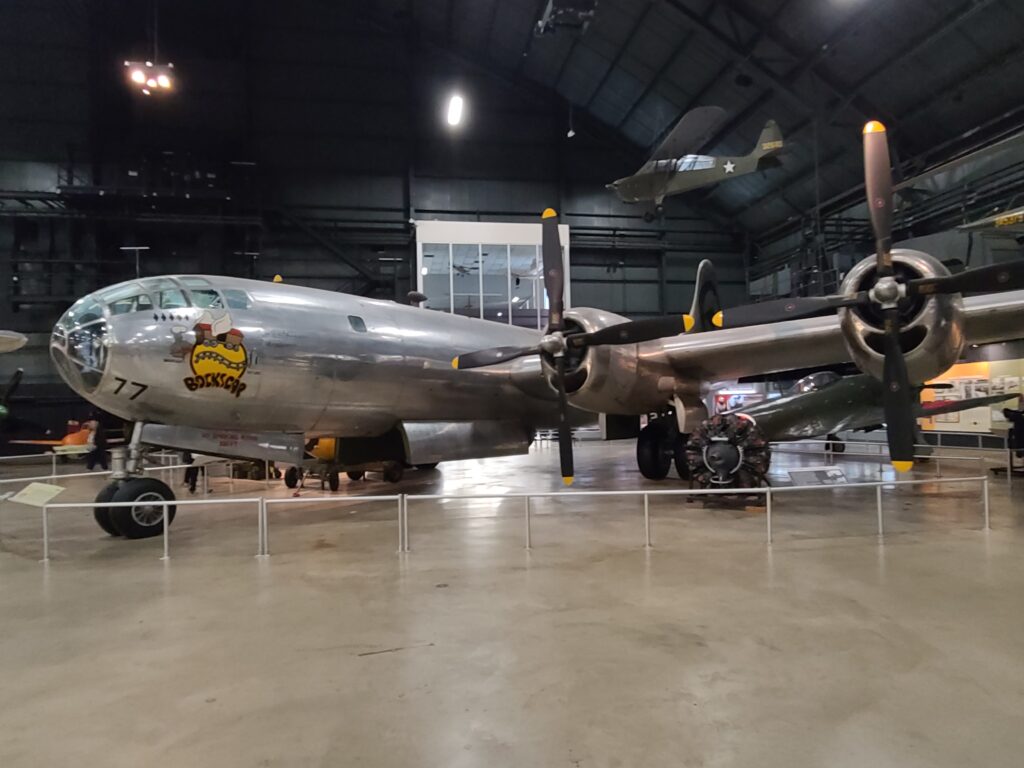
Standing in front of it is one of those moments where history feels very real and very heavy. Unlike replicas in other museums,
The Bockscar display includes:
- A detailed explanation of the mission to Nagasaki
- Artifacts related to the Manhattan Project
- A replica of the “Fat Man” bomb that was dropped
- Panels exploring the decision to use the atomic bomb and its aftermath
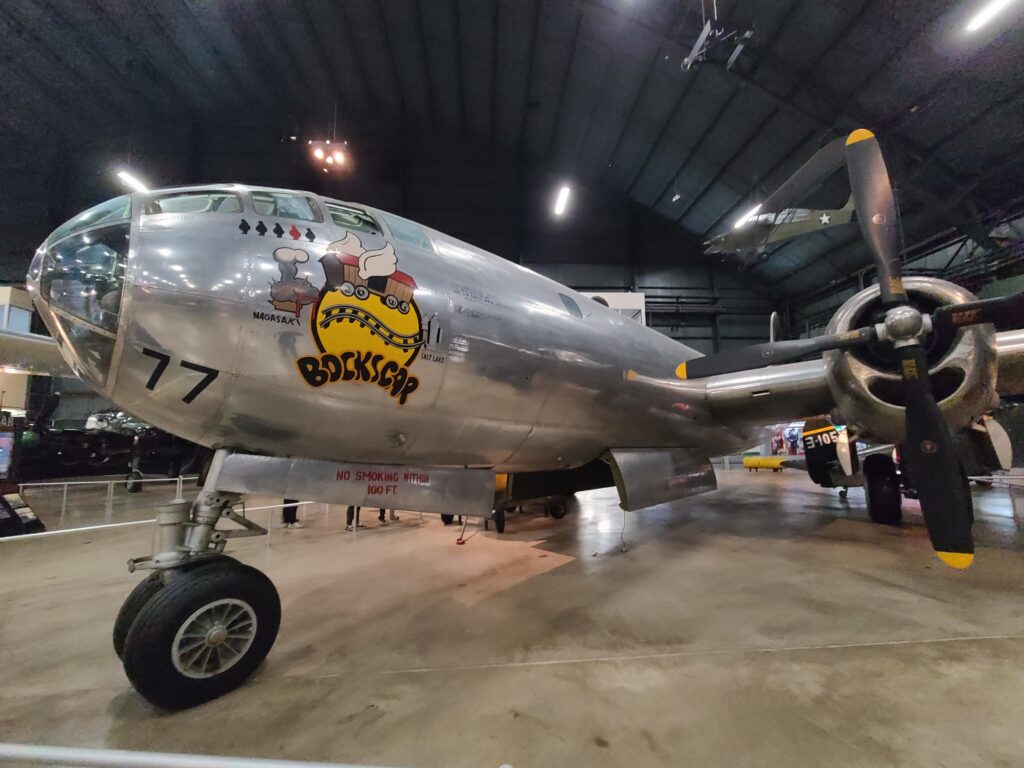
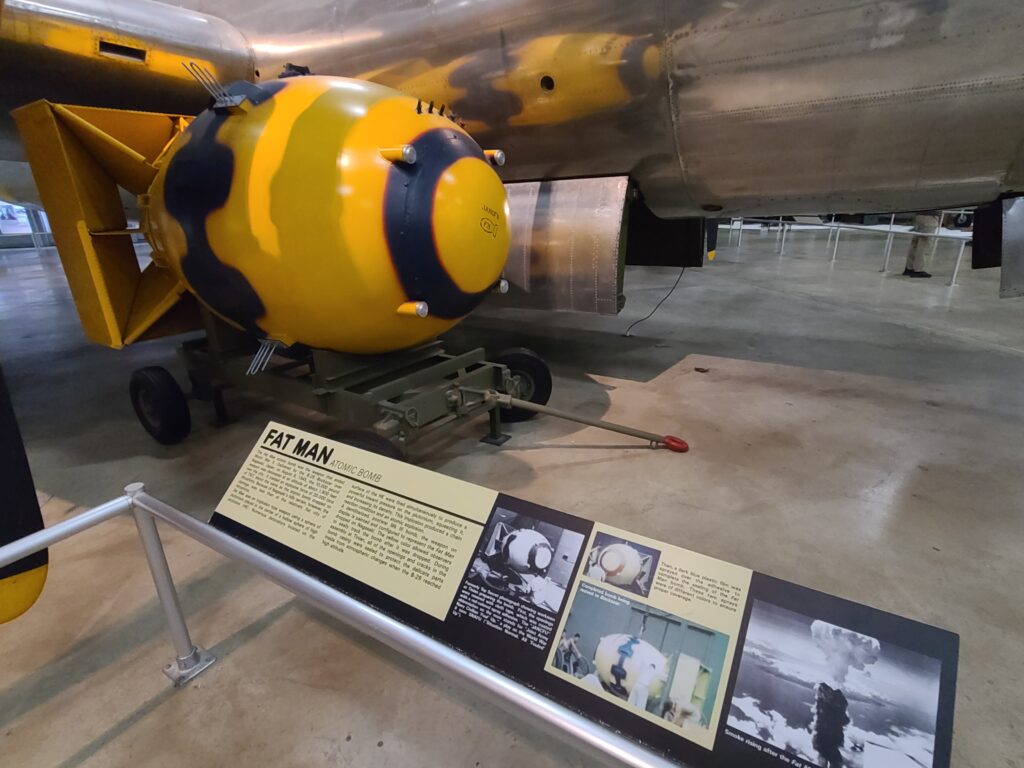
The museum doesn’t shy away from the gravity of what this plane represents. I spent a long time at this exhibit, quietly reflecting. It’s powerful, complicated, and essential to understanding the full scope of World War II.
WWII Aircraft
The WWII gallery is a photographer’s dream. Massive bombers like the B-24 Liberator, the iconic P-51 Mustang, and German and Japanese aircraft are on full display. If you’re into vintage warbirds, you’ll feel like a kid in a candy store.
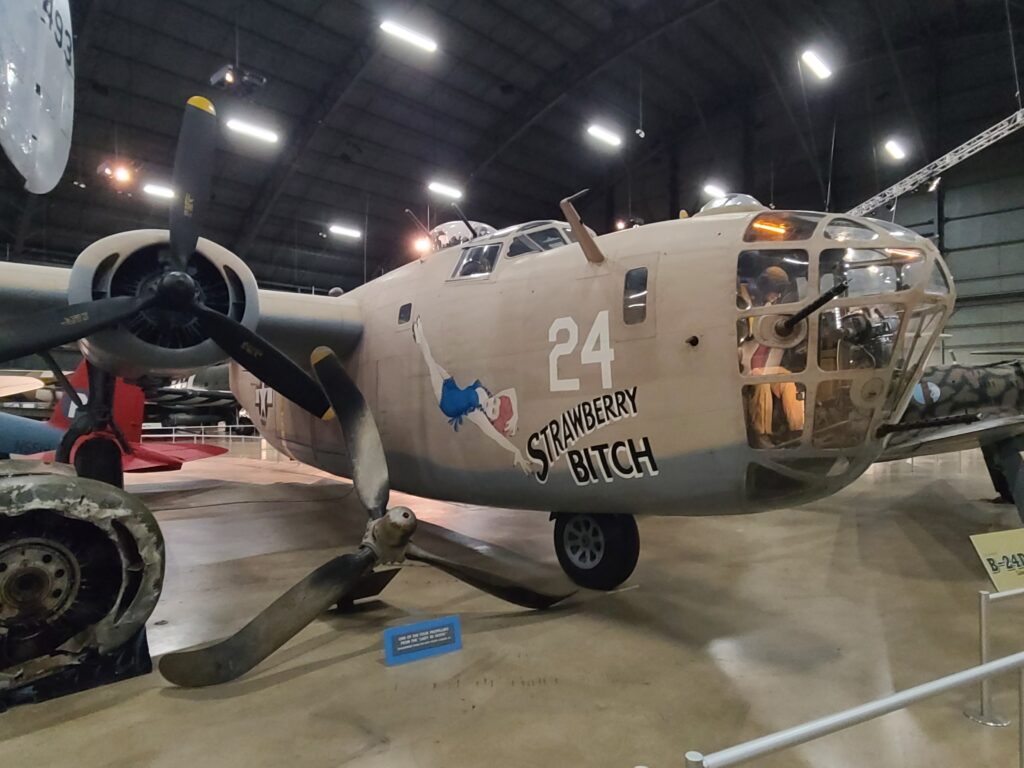
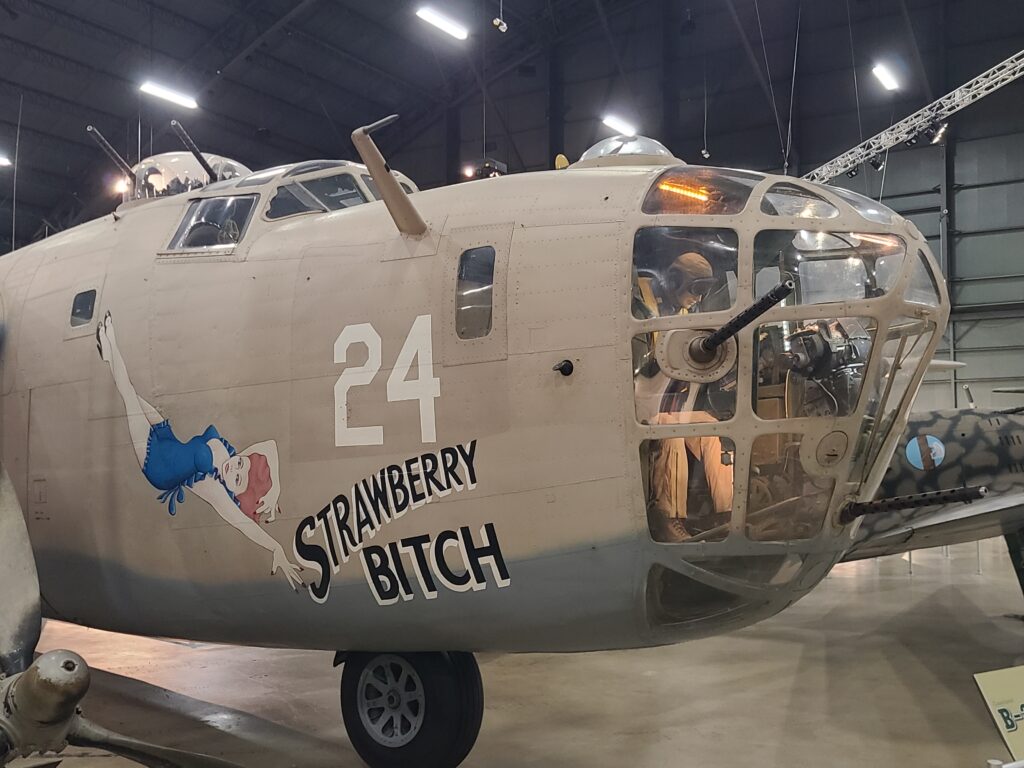
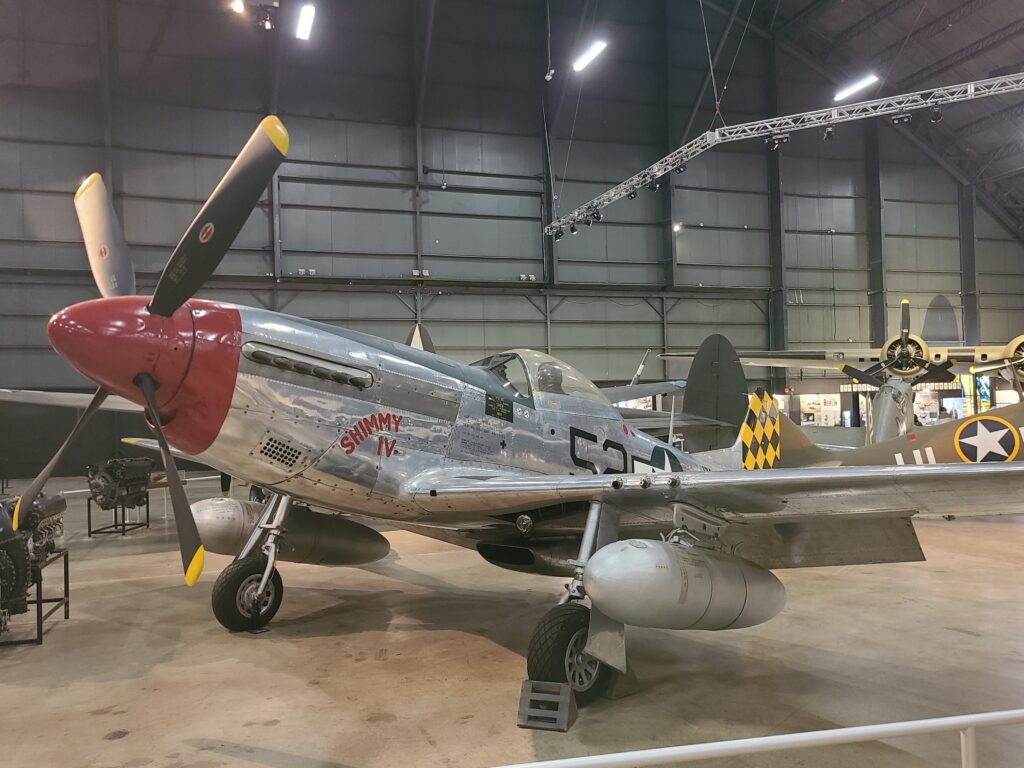
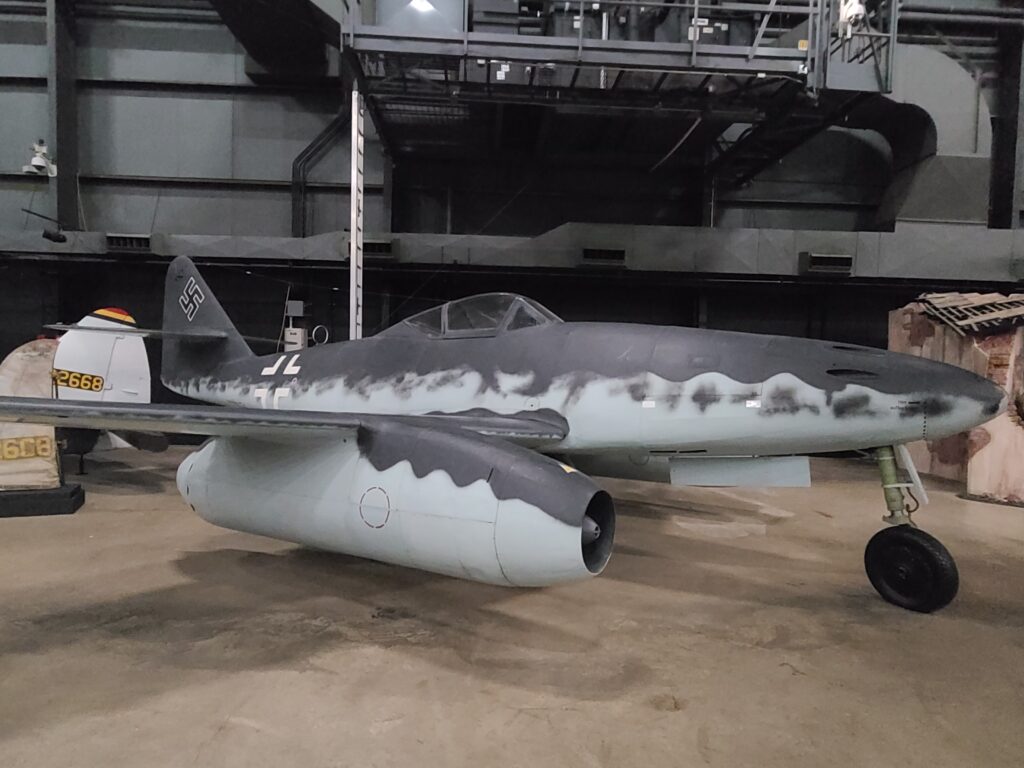
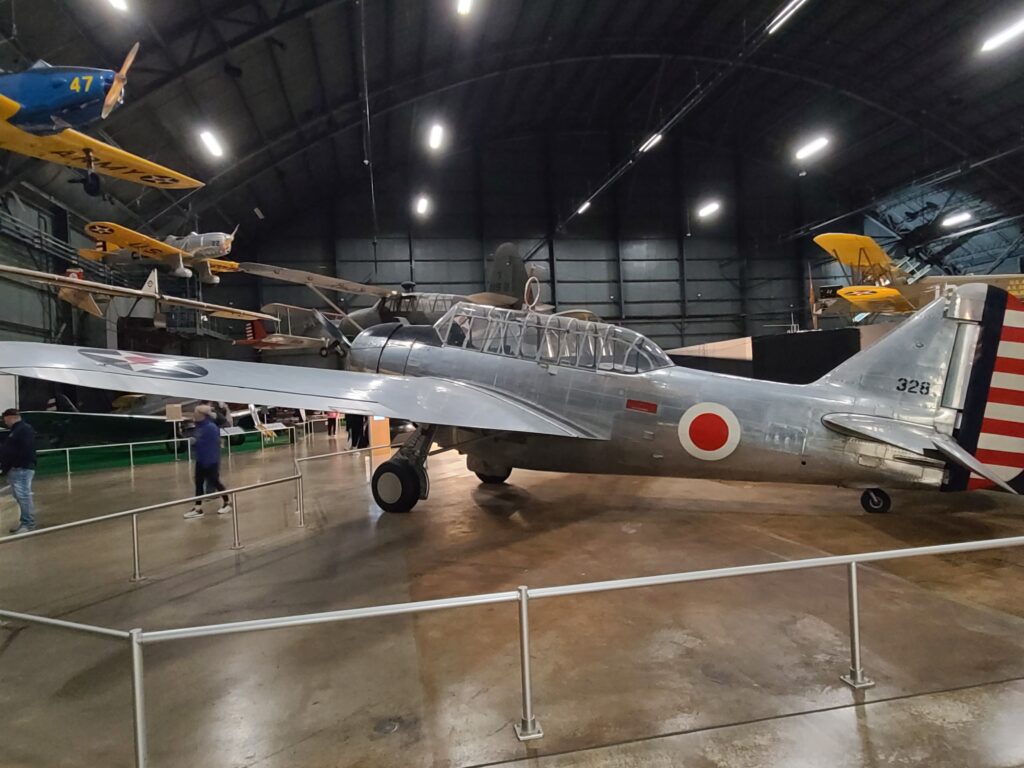
B-17F Flying Fortress “Memphis Belle”
One of the most emotional and awe-inspiring moments of the day was standing face-to-face with the B-17F “Memphis Belle.” This isn’t just another Flying Fortress—it’s one of the most famous aircraft of World War II. The Memphis Belle was the first U.S. Army Air Forces heavy bomber to complete 25 combat missions over Europe and return home safely with her crew.
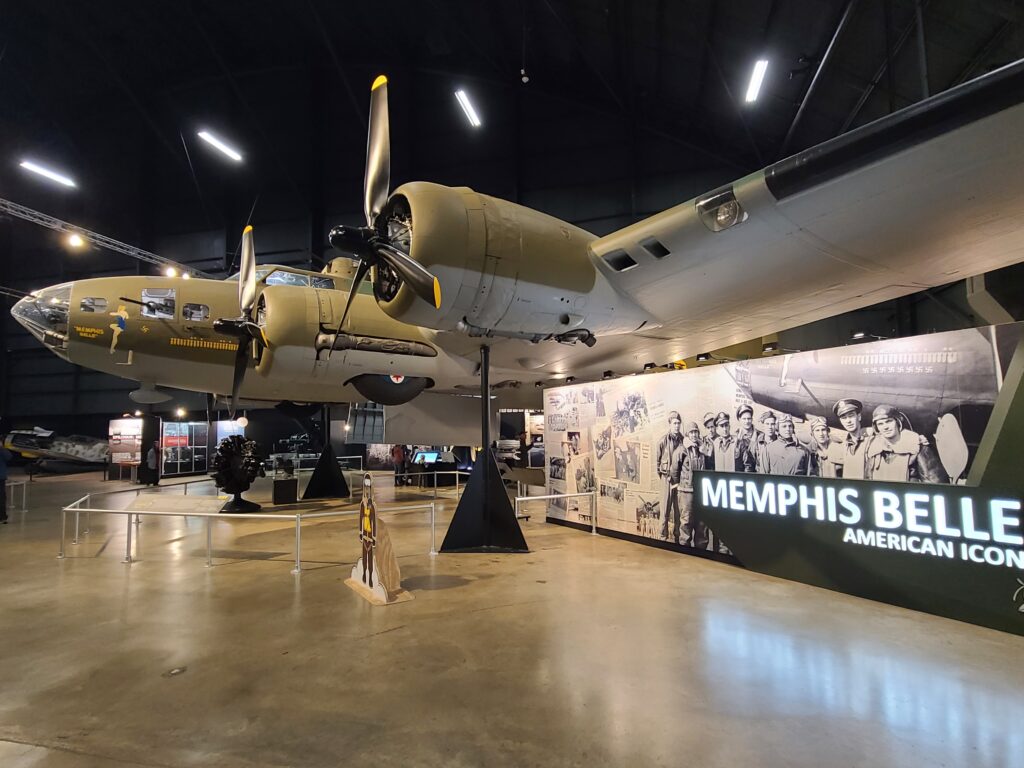
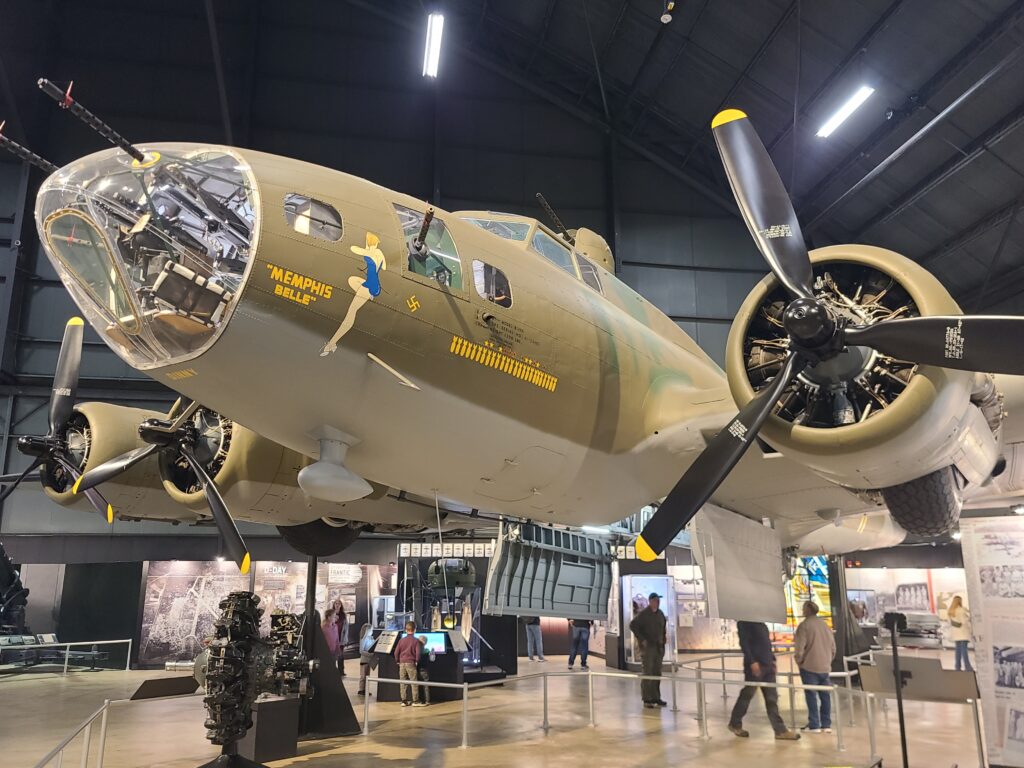
The aircraft has been fully restored and is displayed with authentic WWII artifacts, crew uniforms, and mission equipment. The museum presents her not just as a machine, but as a symbol of the courage, endurance, and teamwork of the young men who flew into hell and back during the air war over Europe.
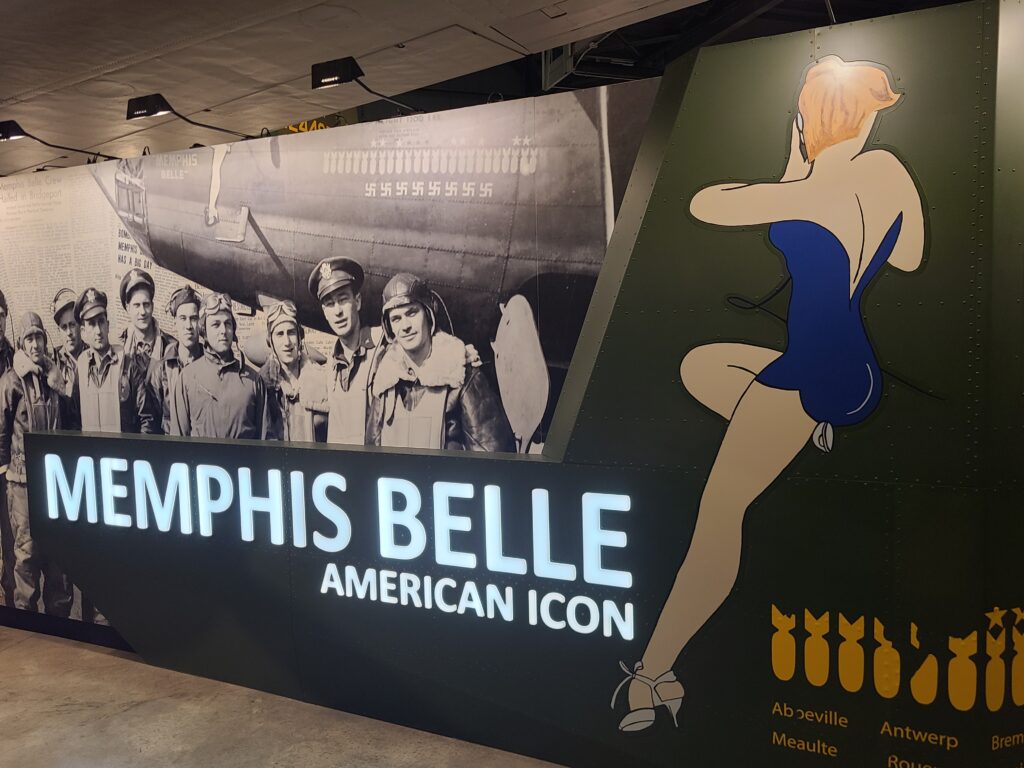
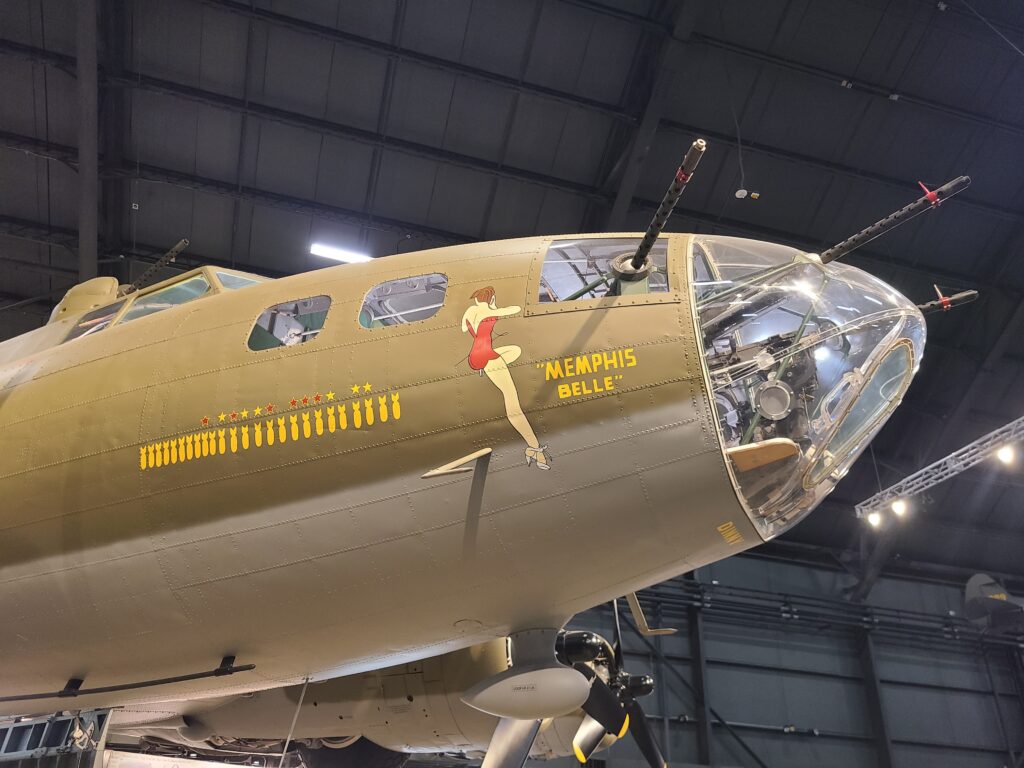
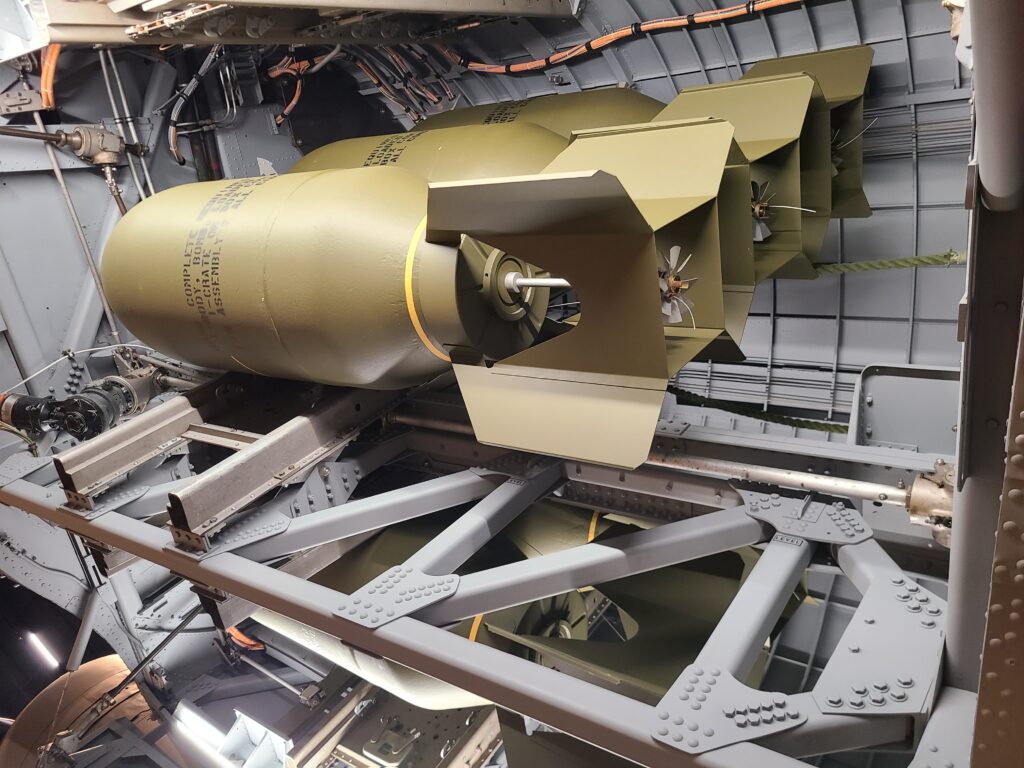
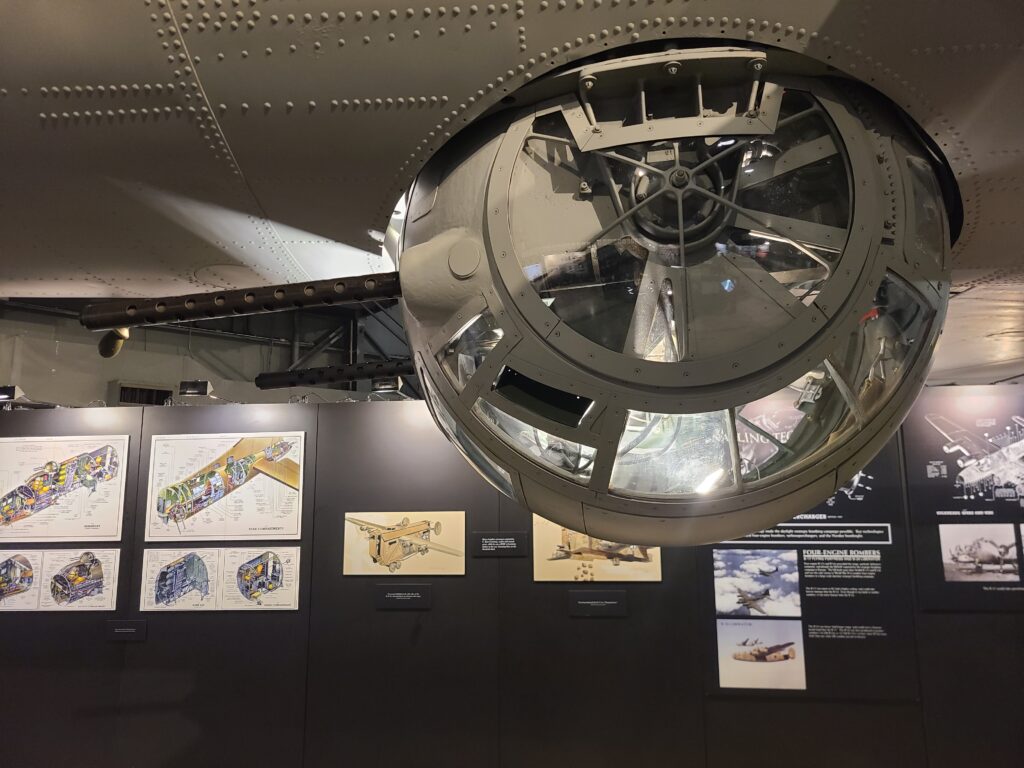
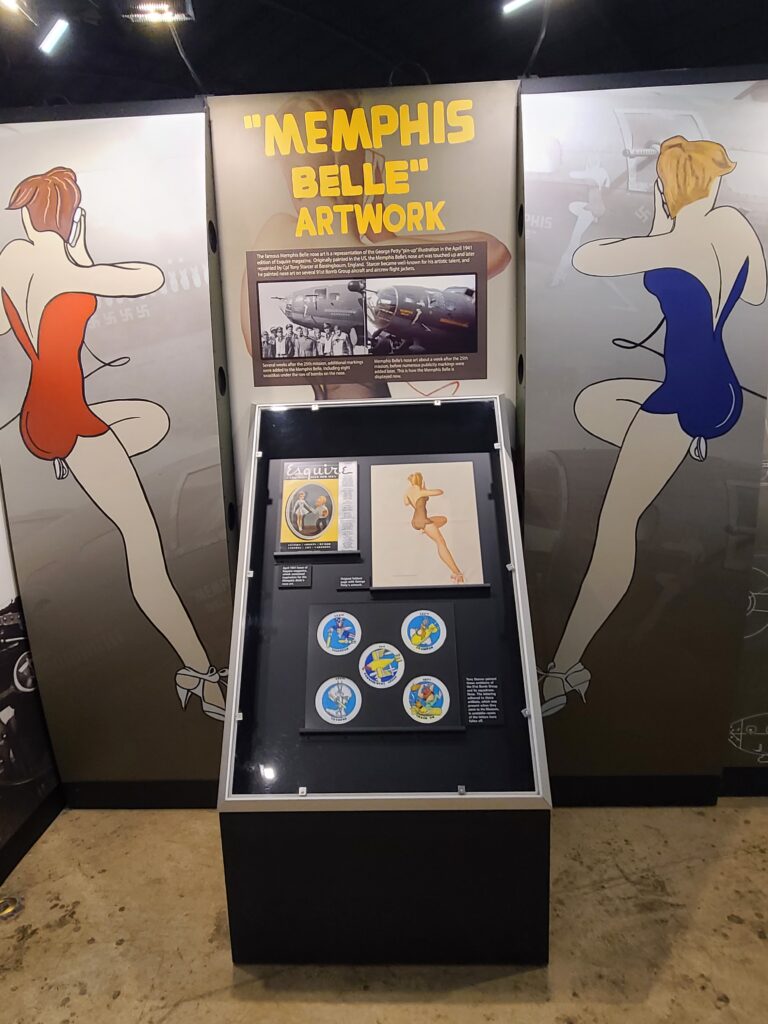
There’s also a short film playing near the exhibit that dives into Belle’s story and her place in pop culture and wartime morale. I stood there a while just soaking it in—this plane is more than metal and rivets. It represents survival, hope, and the spirit of a generation.
Doolittle Raid Exhibit
If you’re into bold, against-the-odds military history, the Doolittle Raid exhibit is a must-see. This section honors the legendary mission launched on April 18, 1942, when 80 U.S. Army Air Forces airmen took off from the aircraft carrier USS Hornet in B-25 Mitchell bombers to strike the Japanese home islands. It was America’s first response to Pearl Harbor, and though the physical damage was limited, the psychological impact was enormous.
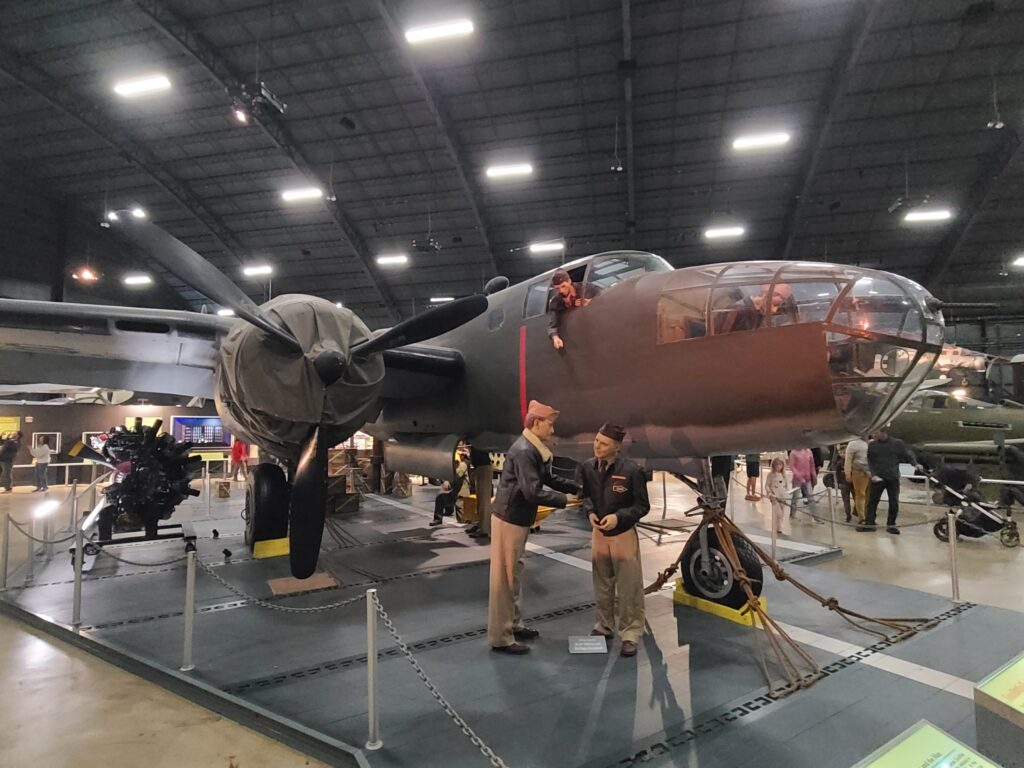
The centerpiece is an actual B-25 Mitchell bomber, surrounded by uniforms, mission maps, and photographs of the 80 Doolittle Raiders. The museum even houses one of the original Doolittle goblets, part of a storied tradition where surviving Raiders would gather for a toast, saving the final toast for the last two living members.
The exhibit is filled with emotional weight and reverence. The bravery of the Doolittle Raiders—knowing they likely wouldn’t have enough fuel to make it home—is just staggering. Standing in front of that bomber, reading the personal notes from crew members, gave me goosebumps. It’s a powerful tribute to some truly gutsy airmen.
Presidential Aircraft Gallery
You actually walk through Air Force One planes used by Presidents Roosevelt, Truman, Eisenhower, Kennedy, and others. The most chilling part? Seeing the VC-137C that flew President Kennedy to Dallas on that fateful day in 1963, and returned his body to Washington after his assassination. It’s a surreal, sobering moment.
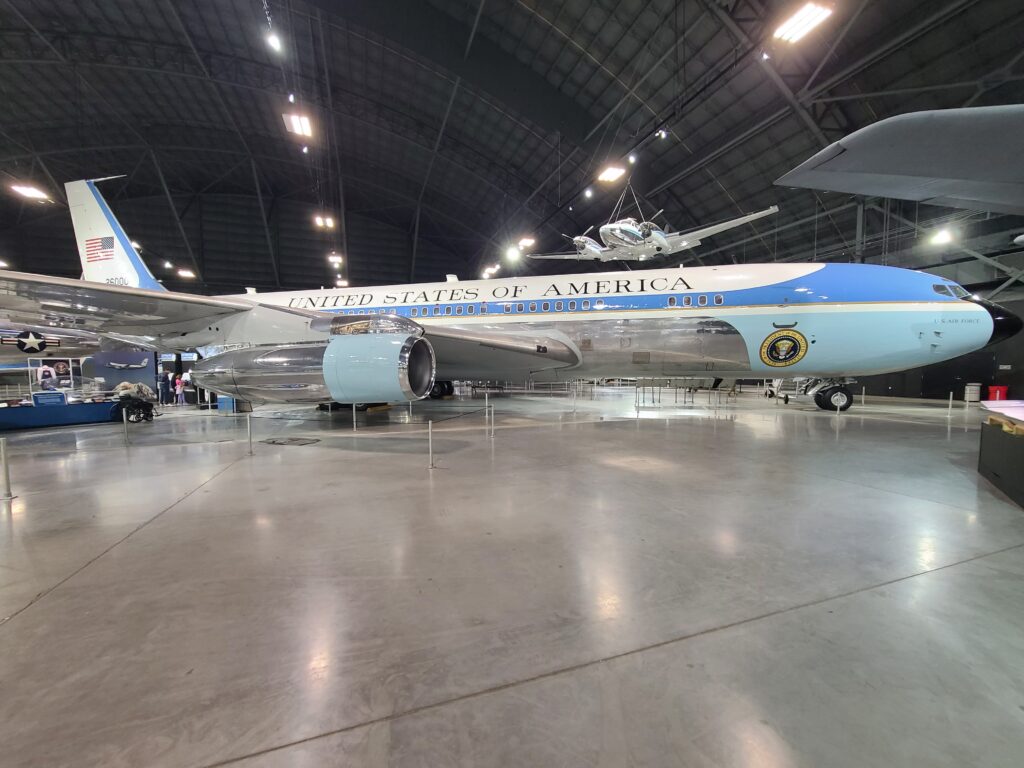
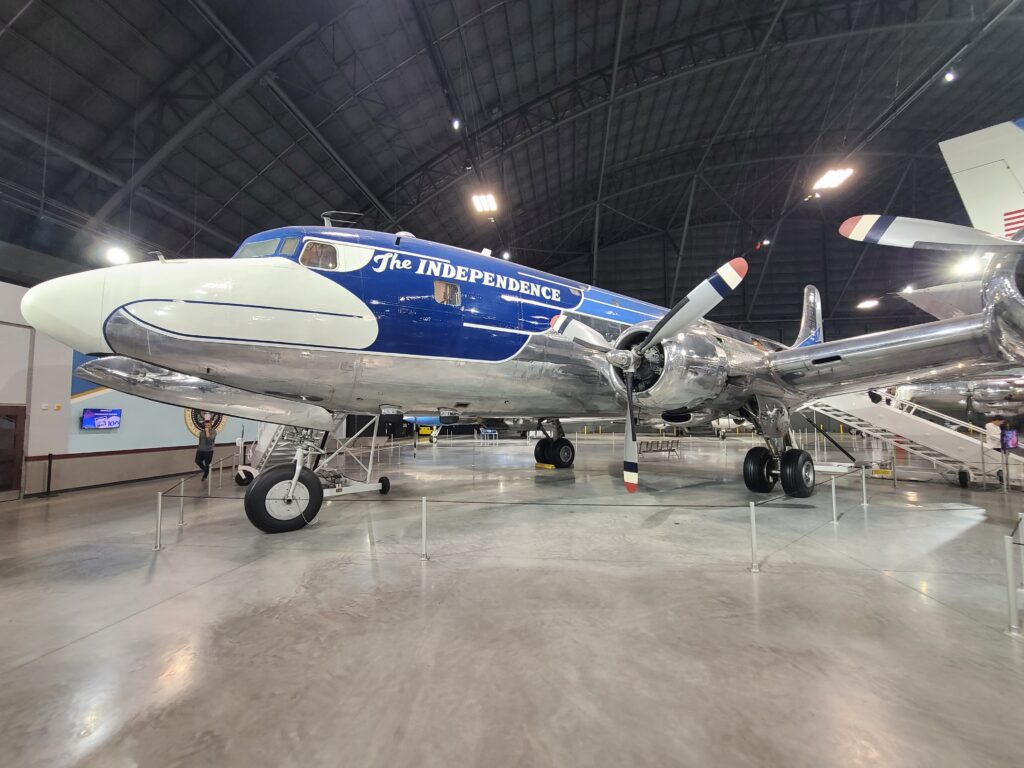
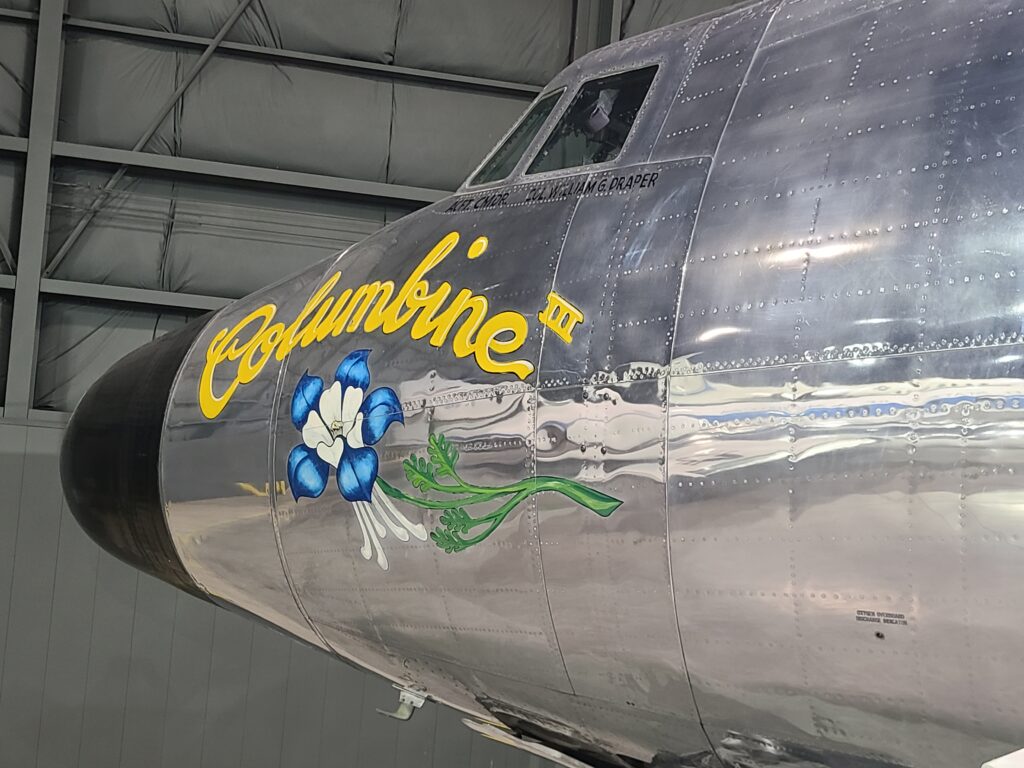
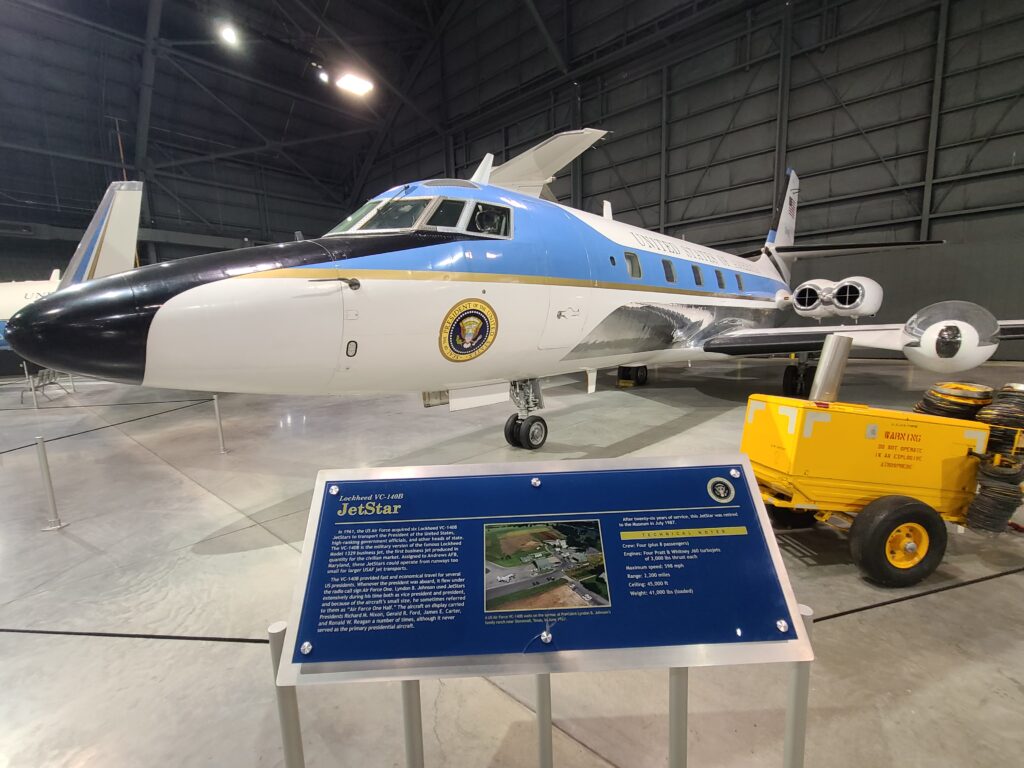
Cold War & Modern Aviation
These hangars are packed with air superiority: B-2 Spirit, F-117 Nighthawk, F-22 Raptor, and some of the coolest unmanned aerial vehicles I’ve ever seen. It’s basically a greatest hits album of U.S. air power. It’s the kind of aircraft that makes you stop and stare.
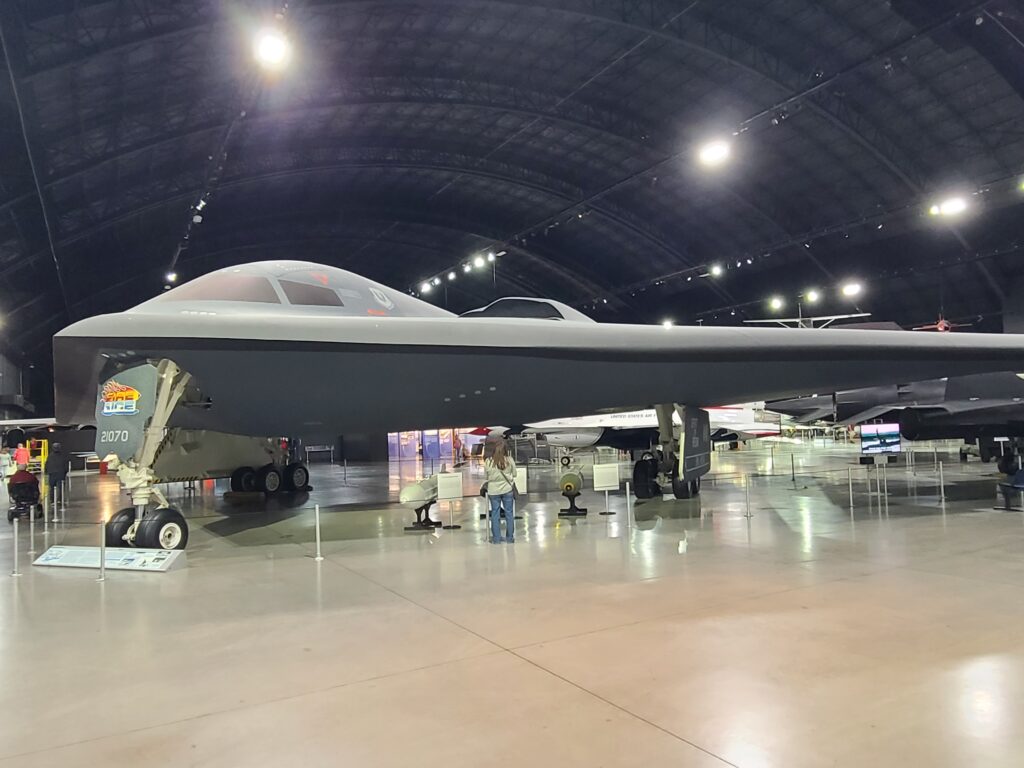
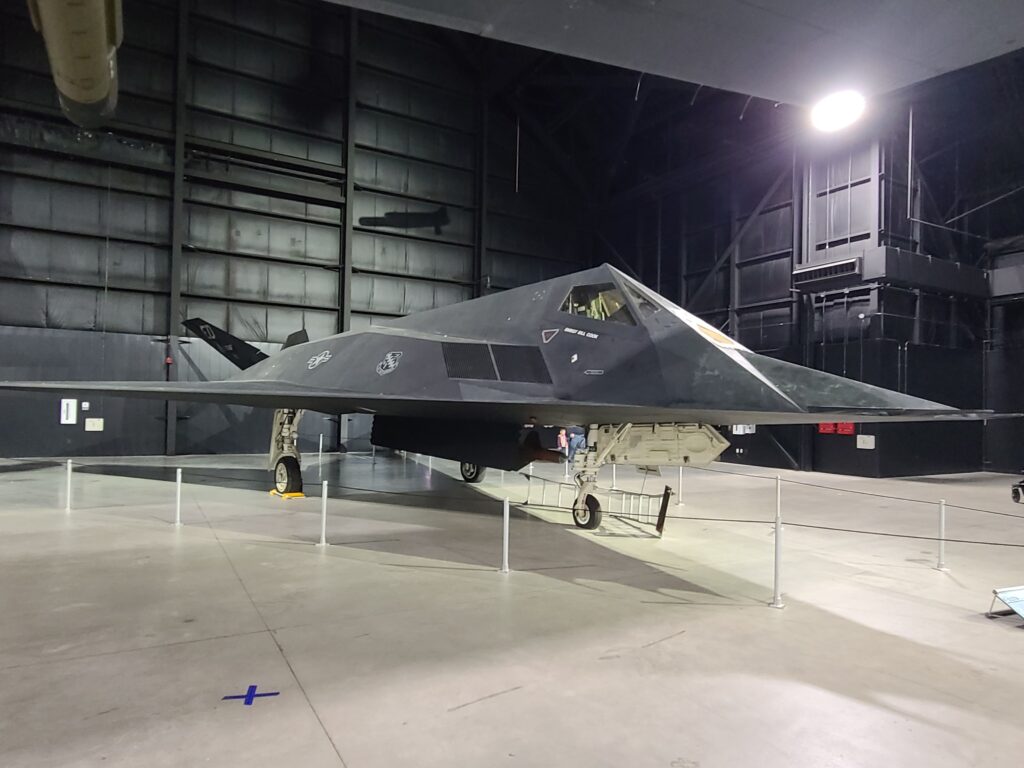
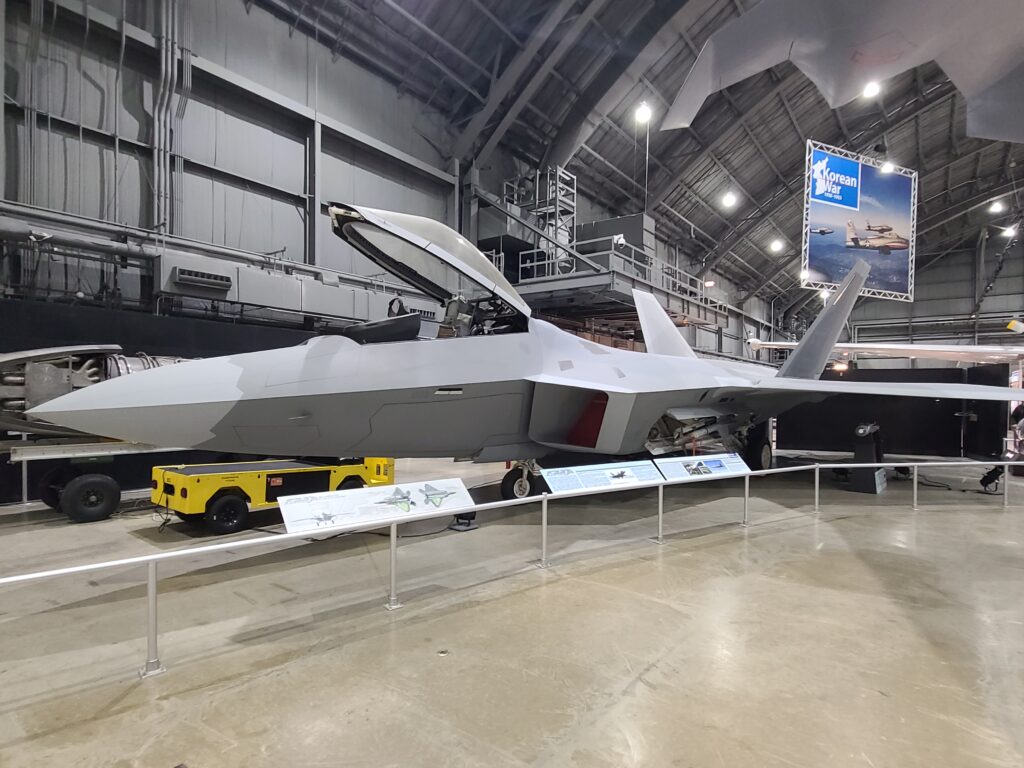
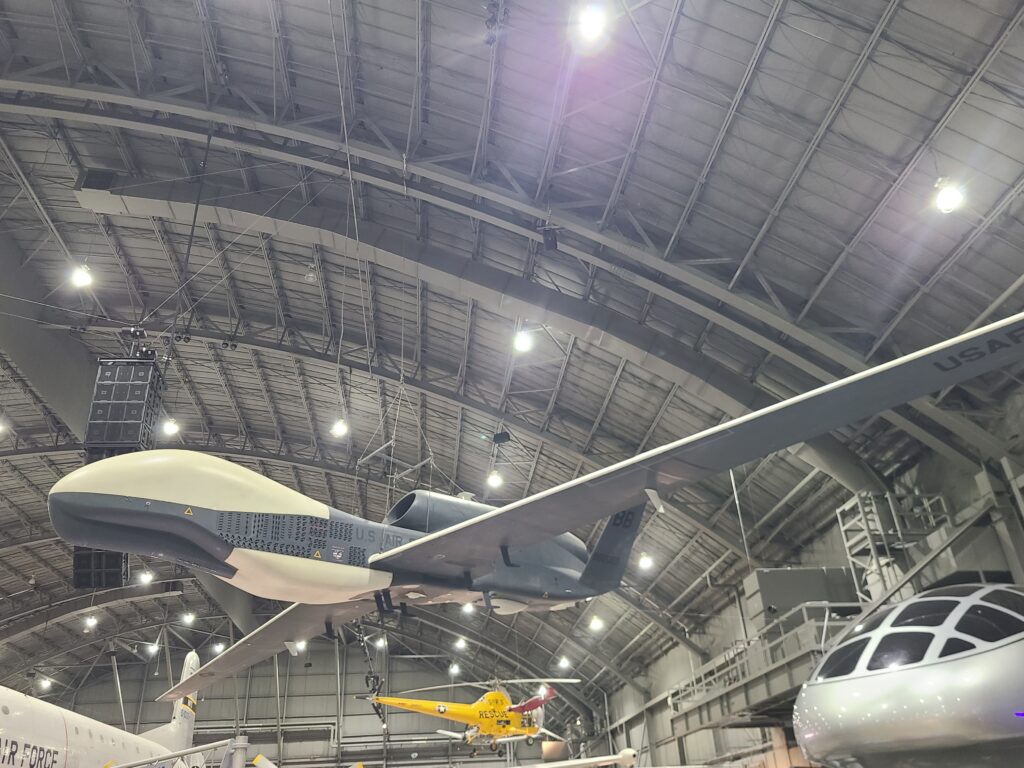
And then there’s the YF-23 Black Widow II—the prototype stealth fighter that went head-to-head with the YF-22 in the Advanced Tactical Fighter competition back in the late ‘80s and early ‘90s. This thing looks like it flew straight out of a sci-fi movie. Sleek, deadly, and eerily futuristic even by today’s standards, the YF-23 was Northrop’s answer to the next generation of air dominance. While it ultimately lost out to what became the F-22 Raptor, many pilots and engineers still consider the YF-23 to be the faster, stealthier design. Seeing it in person was a total thrill—it’s one of only two ever built, and it feels like you’re staring at a “what could’ve been” timeline in U.S. air power.
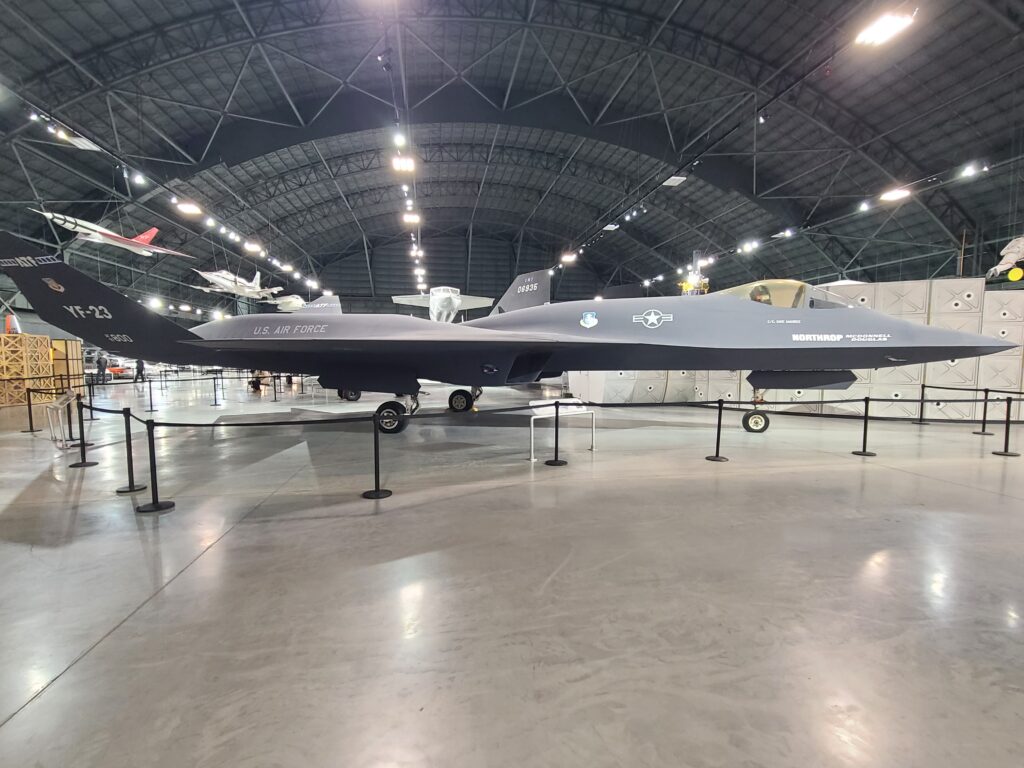
One of the coolest surprises for me was seeing the MiG-29 Fulcrum up close. As a kid of the Cold War era, I grew up hearing about this Soviet jet as the fearsome rival to our F-14s and F-15s. Standing next to it, you can’t help but admire its sleek, aggressive lines and compact design. It’s rare to see one of these in person on American soil, and it really puts into perspective the high-stakes aerial chess match between NATO and Warsaw Pact forces. The museum does a great job displaying Cold War-era adversaries side by side, giving you a real sense of just how close—and tense—the balance of air power was during that time.
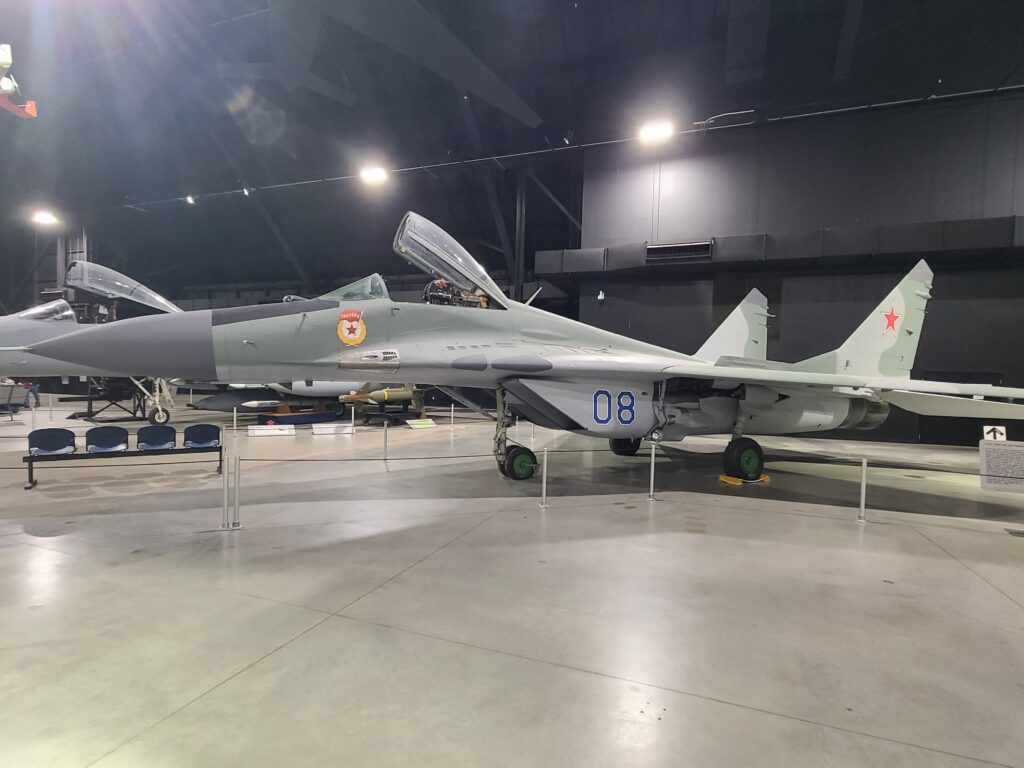
Flight Test & Experimental Aircraft
One of my favorite corners of the museum—and a true candy store for aviation geeks—is the collection of test and experimental aircraft. This is where you see the wild ideas, bold risks, and engineering leaps that shaped the future of flight. From the XF-85 Goblin—a tiny “parasite fighter” meant to launch from a bomber mid-flight—to the amazing, North American XB-70A Valkyrie, it’s like walking through a gallery of aviation’s “what if?” moments. You’ll find early stealth prototypes, high-altitude test jets, and aircraft that never made it past the experimental phase but paved the way for today’s fighters, bombers, and drones. Each one tells a story about innovation, trial and error, and the constant push for faster, higher, and smarter.
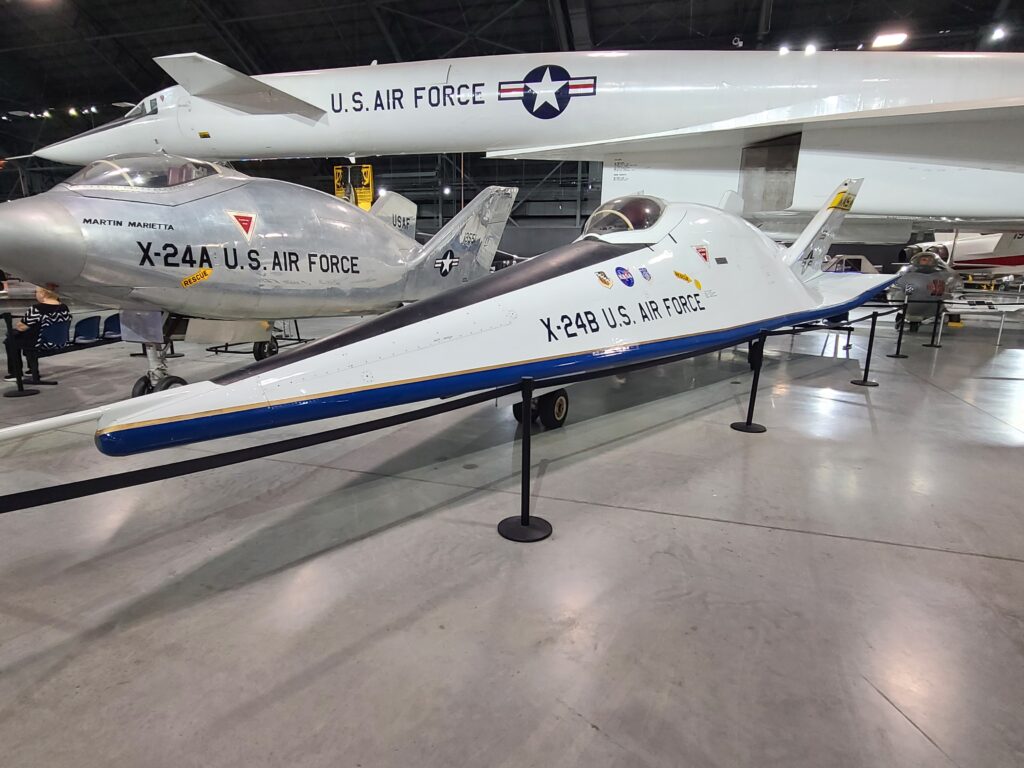
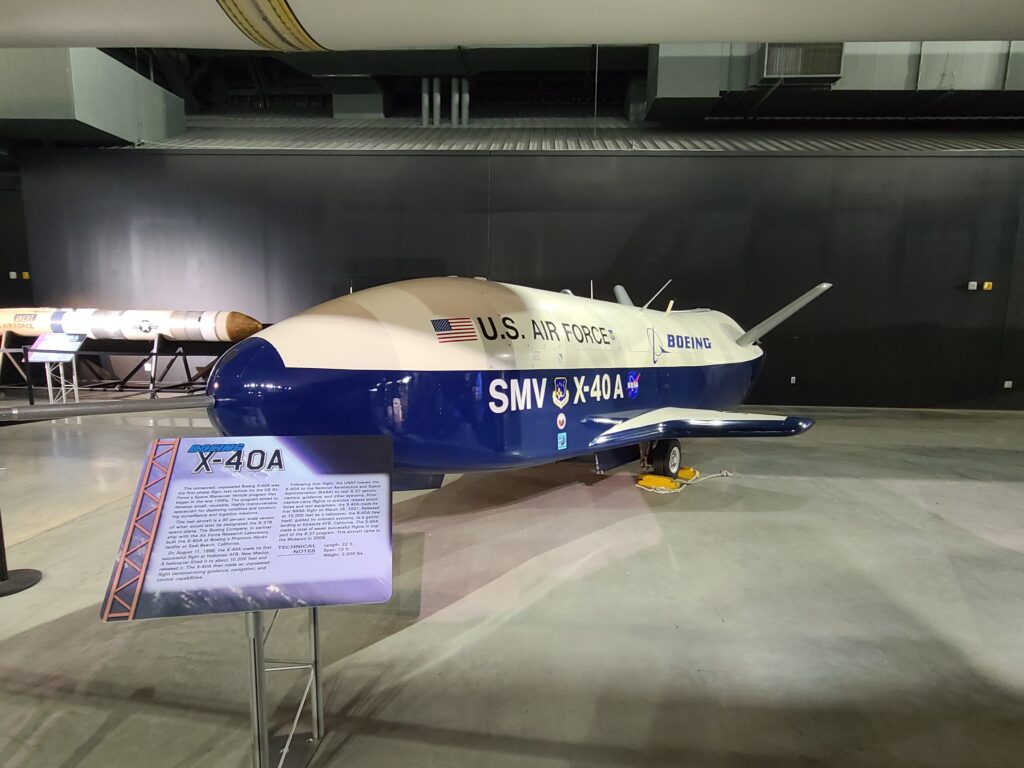
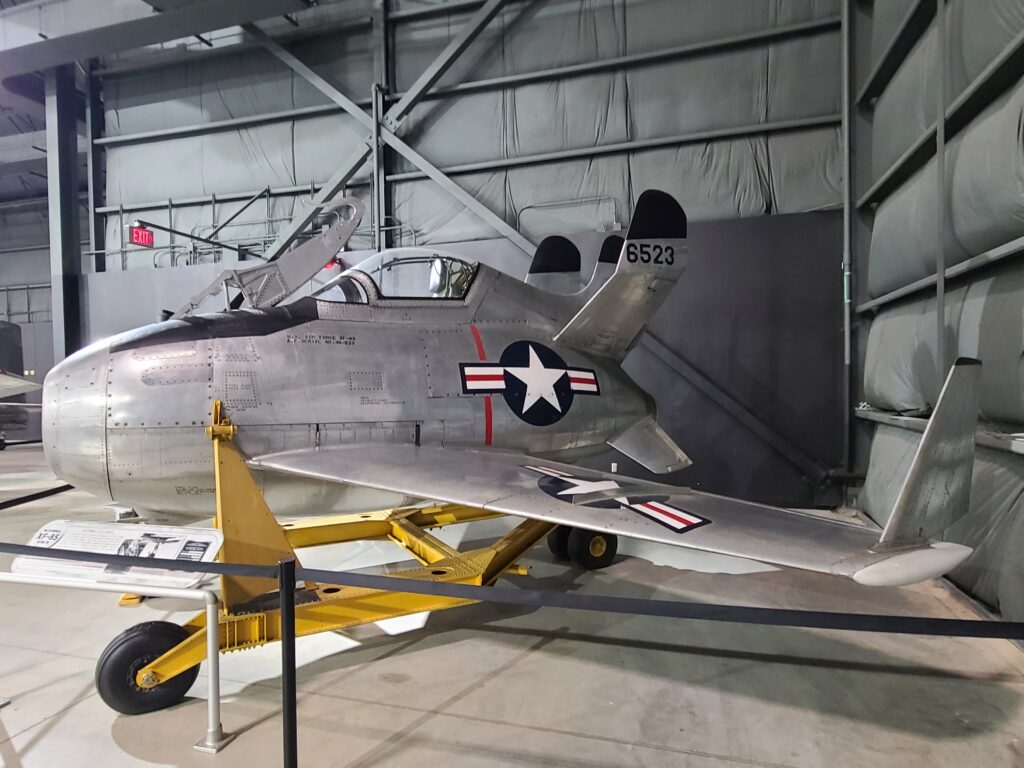
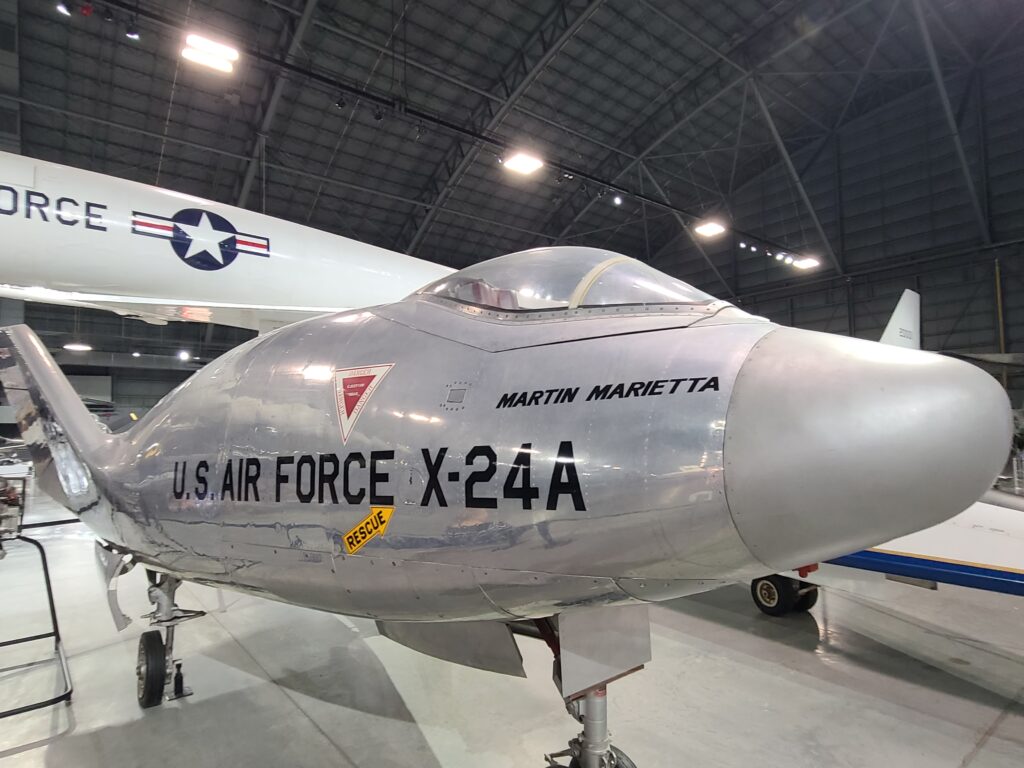
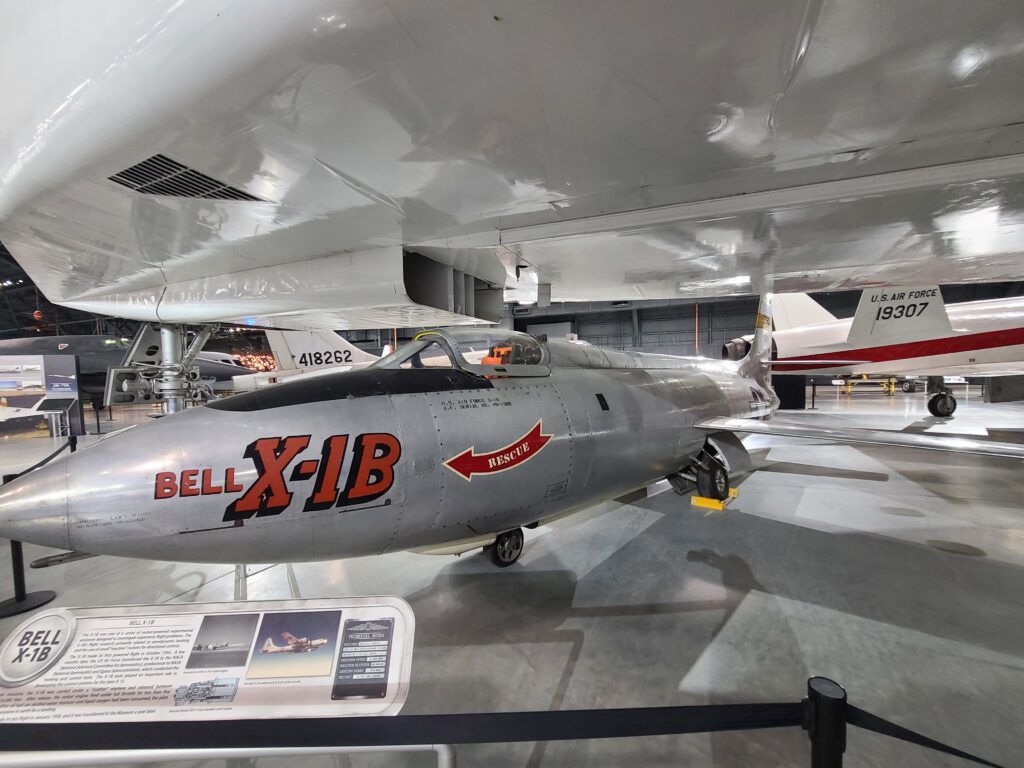
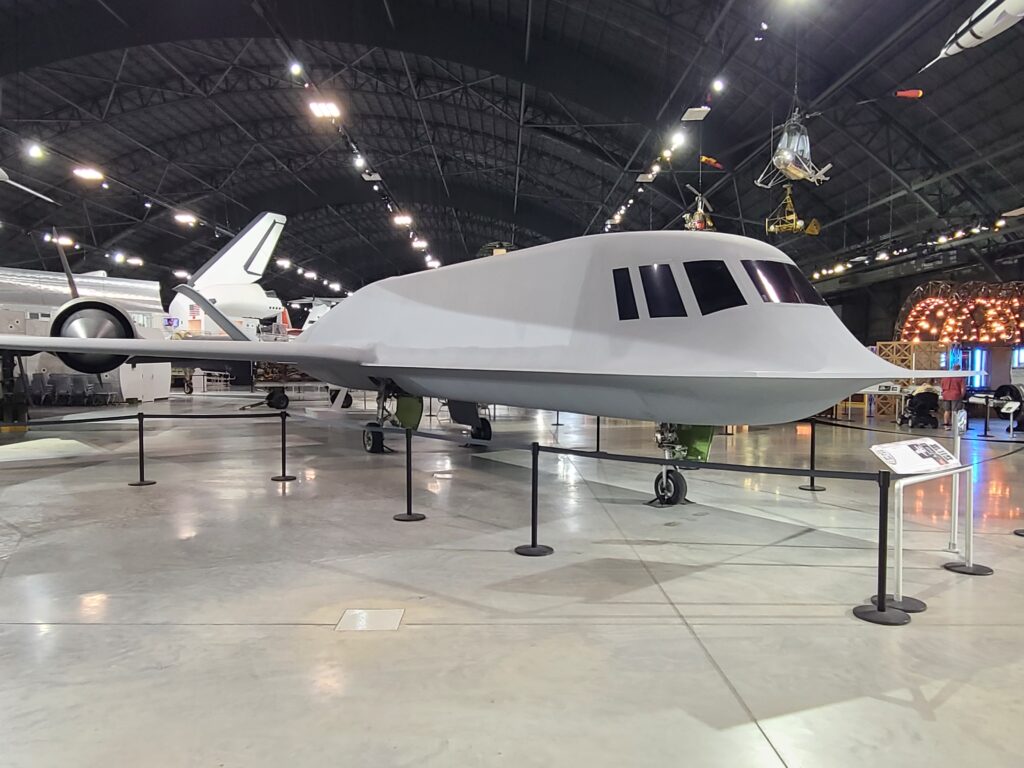
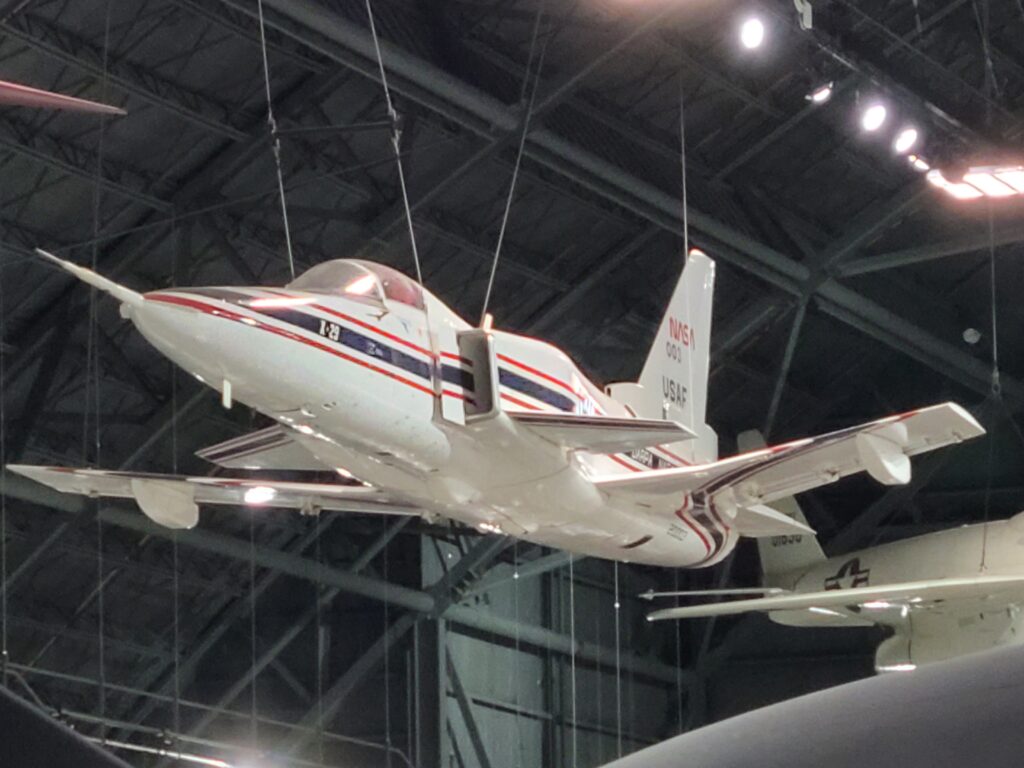
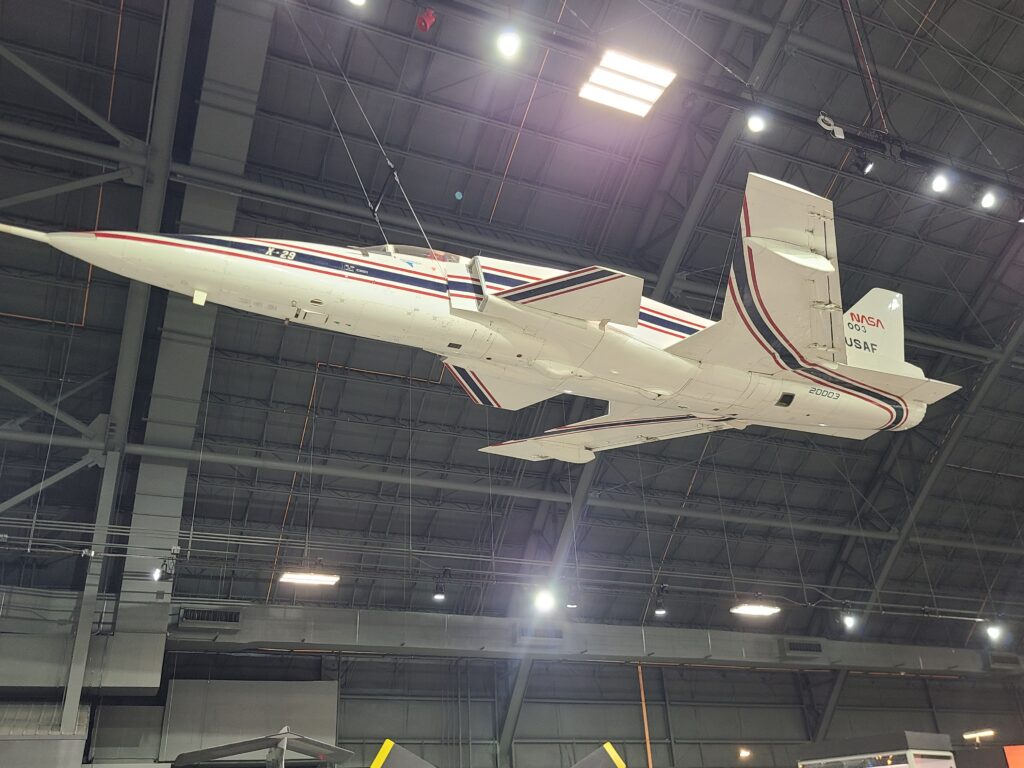
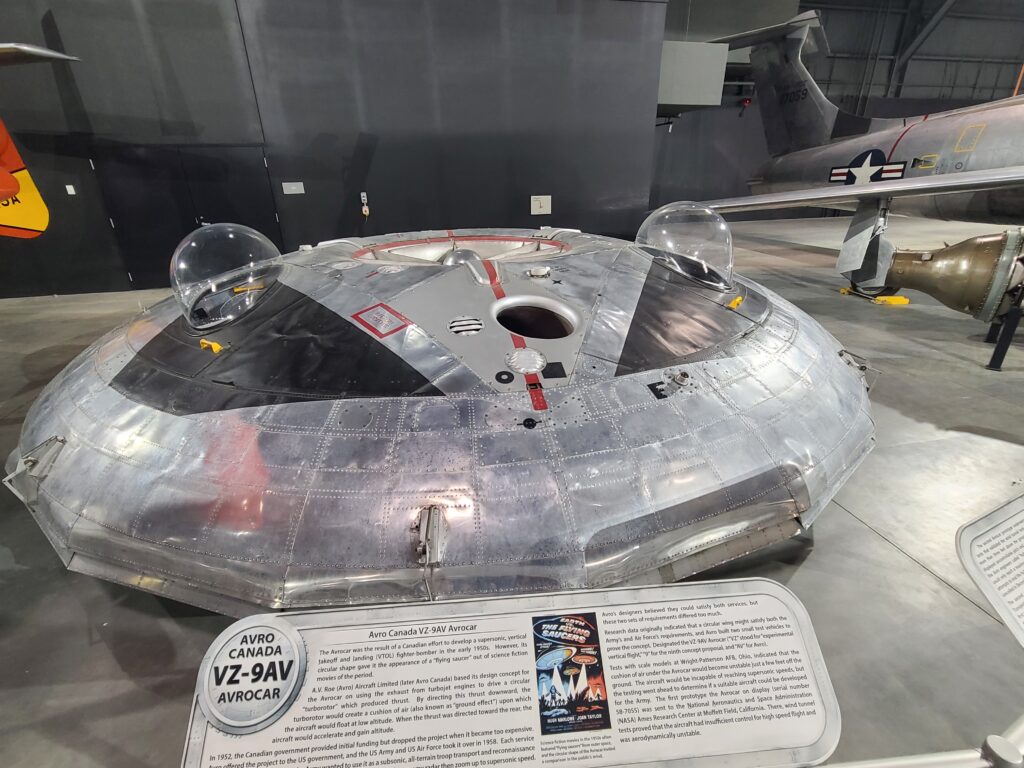
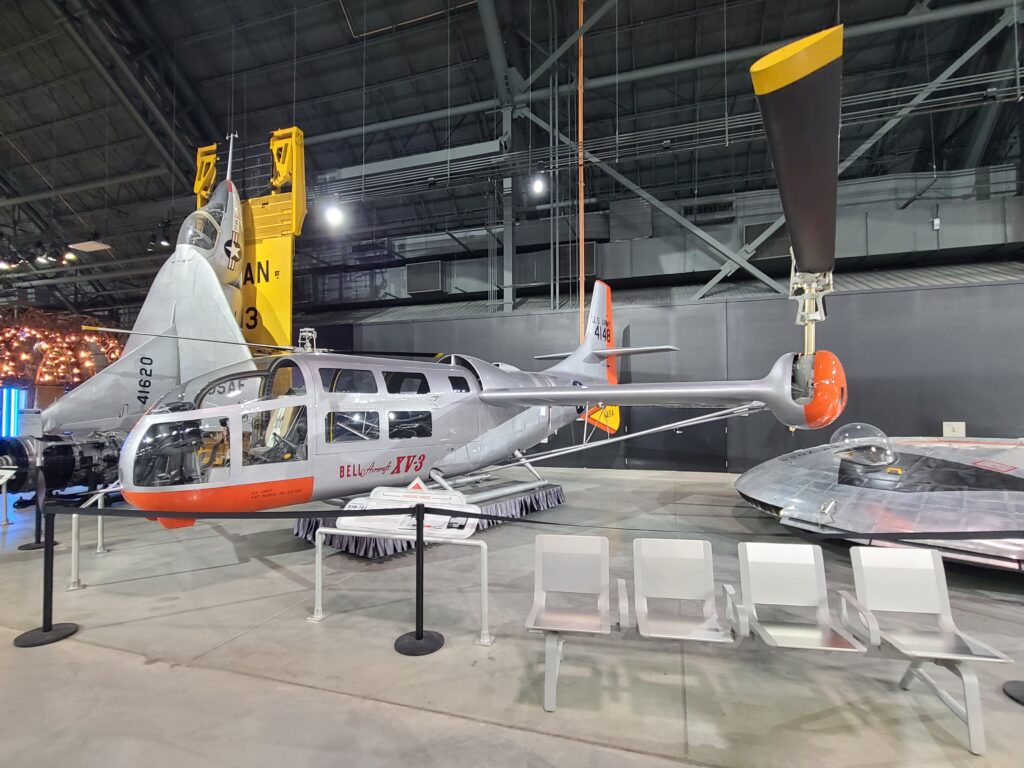
North American XB-70A Valkyrie
Few aircraft stop you in your tracks quite like the XB-70A Valkyrie. This six-engine, supersonic bomber looks like something from a futuristic sci-fi film, even today, but it was flying in the 1960s. Designed to cruise at Mach 3 at 70,000 feet, the Valkyrie was meant to outrun anything the Soviets could throw at it. The scale alone is stunning—201 feet long with a 105-foot wingspan—but it’s the design that really steals the show: a white delta-wing beast with fold-down wing tips and engines clustered in the rear like a rocket ship. Only two prototypes were ever built, and one of them is right there in front of you. Standing beneath it, you can’t help but marvel at what might’ve been had the project gone forward. It’s one of the most ambitious aircraft ever built—and seeing it in person was a total aviation bucket list moment.
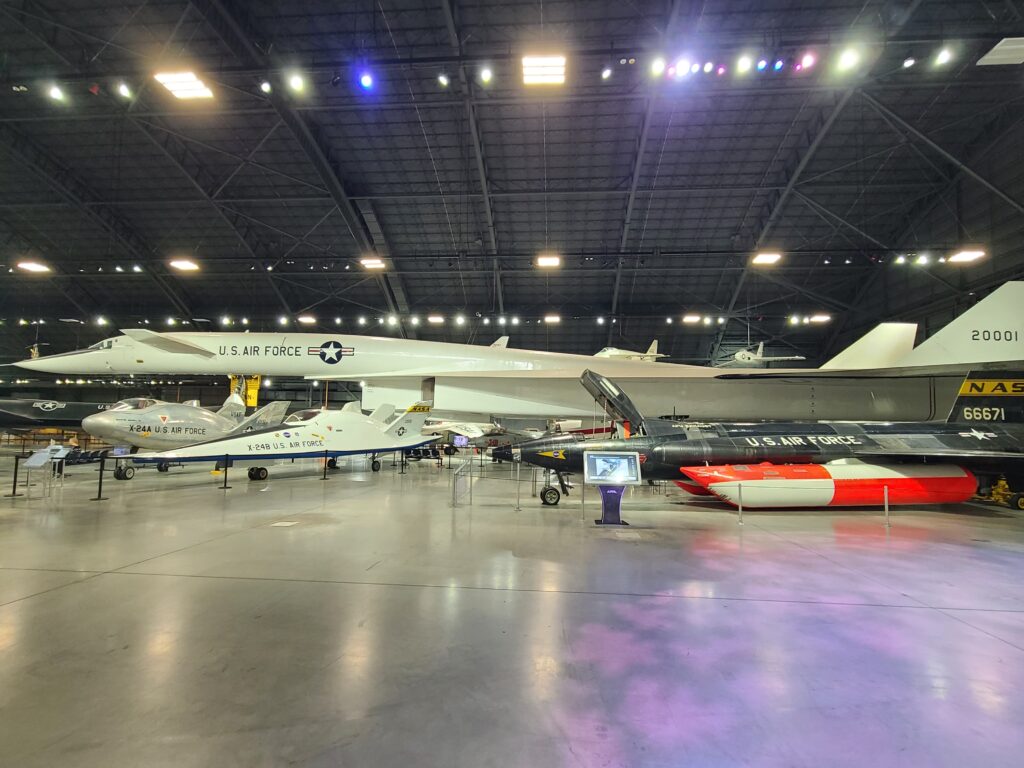
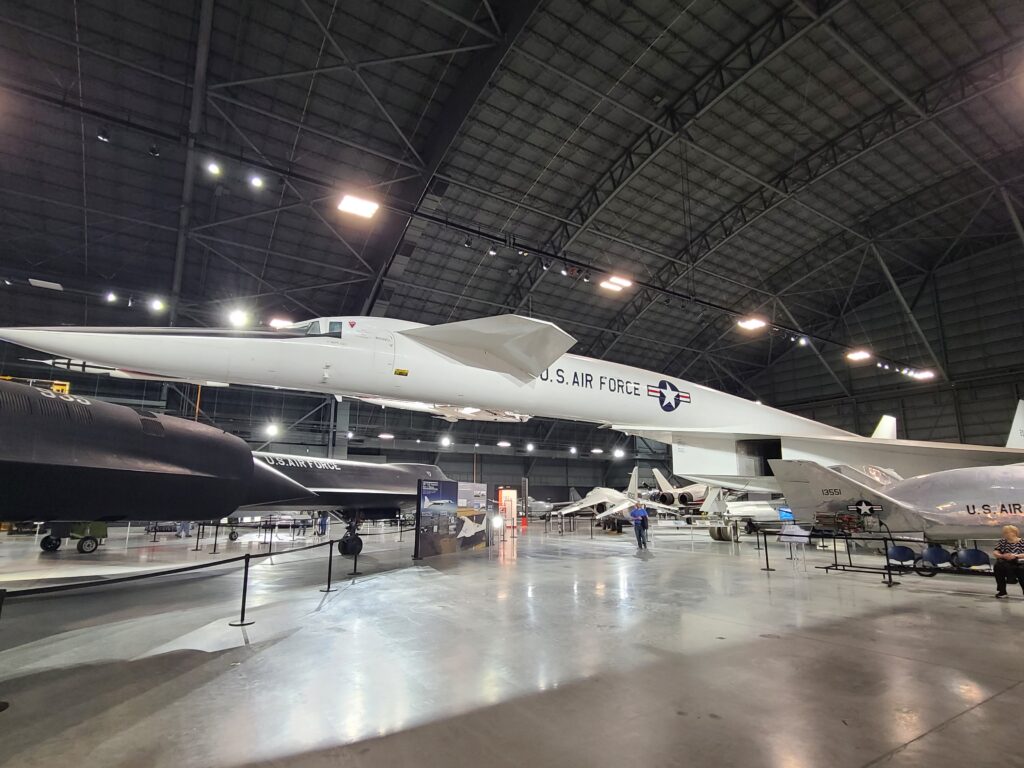
The Space Gallery
Rocket nerds rejoice. You’ll find everything from Titan rockets to Apollo-era capsules. It’s a fascinating shift in perspective. I loved how the museum seamlessly bridges the connection between air and space. The Titan IV rocket display and Apollo space capsule make you appreciate the risks these astronauts took, especially with the technology available at the time.
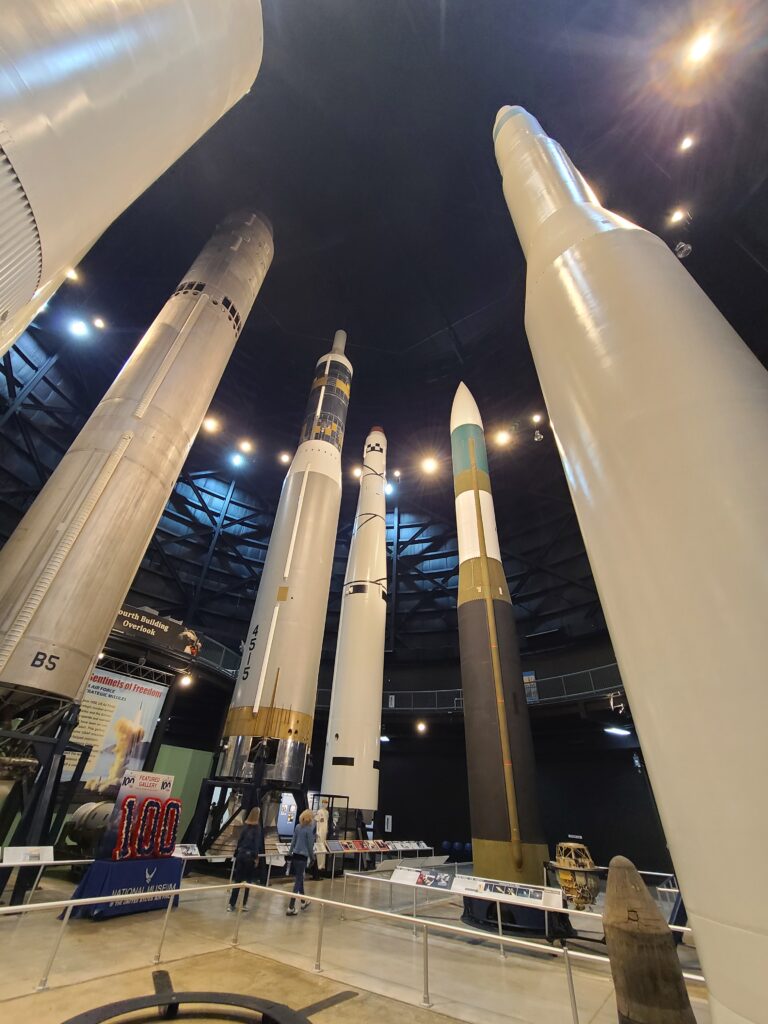
WWII Flight Jackets: Stories Worn in Leather
One of the most unexpectedly moving exhibits for me was the collection of WWII-era flight jackets. These weren’t just cold-weather gear—they were canvases of identity, personality, and pride. Each jacket tells a story, whether it’s hand-painted nose art, squadron insignias, bomb tallies, or the names of sweethearts and hometowns across the back.
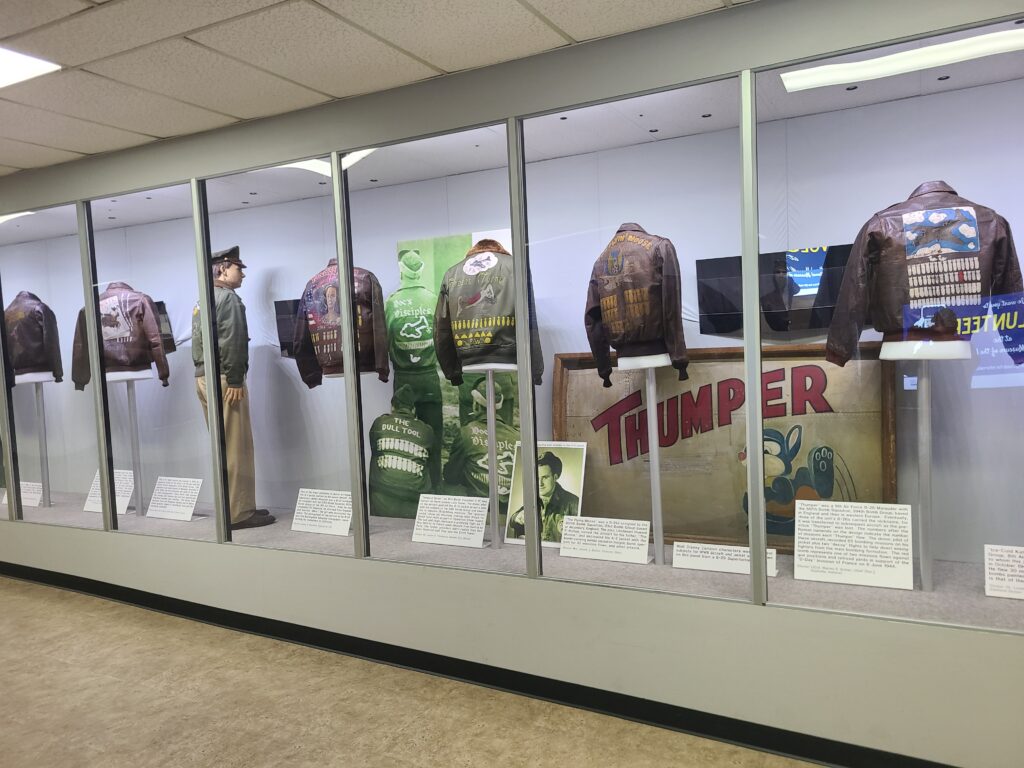
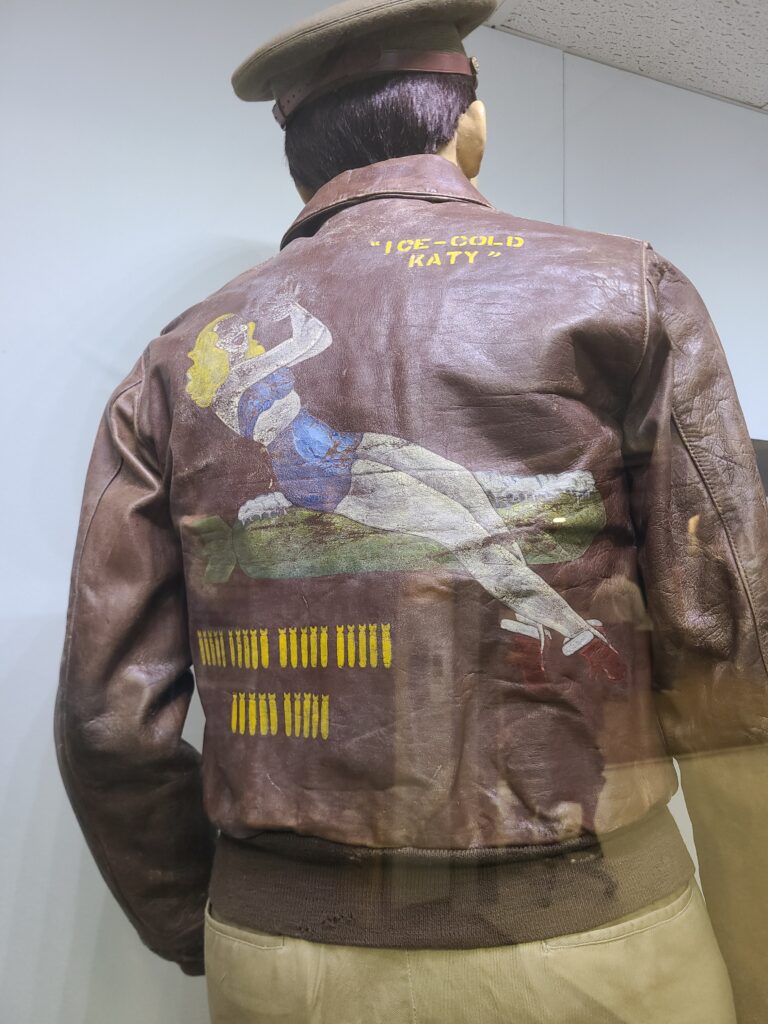
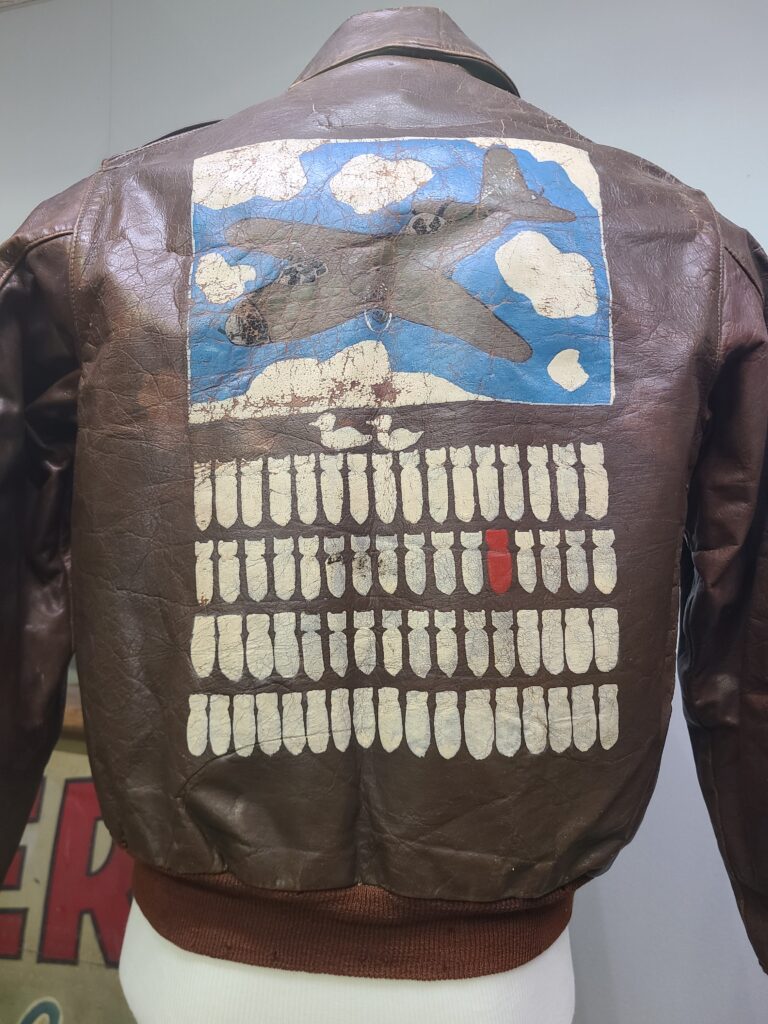
The museum displays dozens of original jackets worn by U.S. Army Air Forces crews during the war, and what struck me most was how individualized they all are. These guys were flying in some of the most dangerous missions of the war, and these jackets were their armor, their art, and in many ways, their legacy.
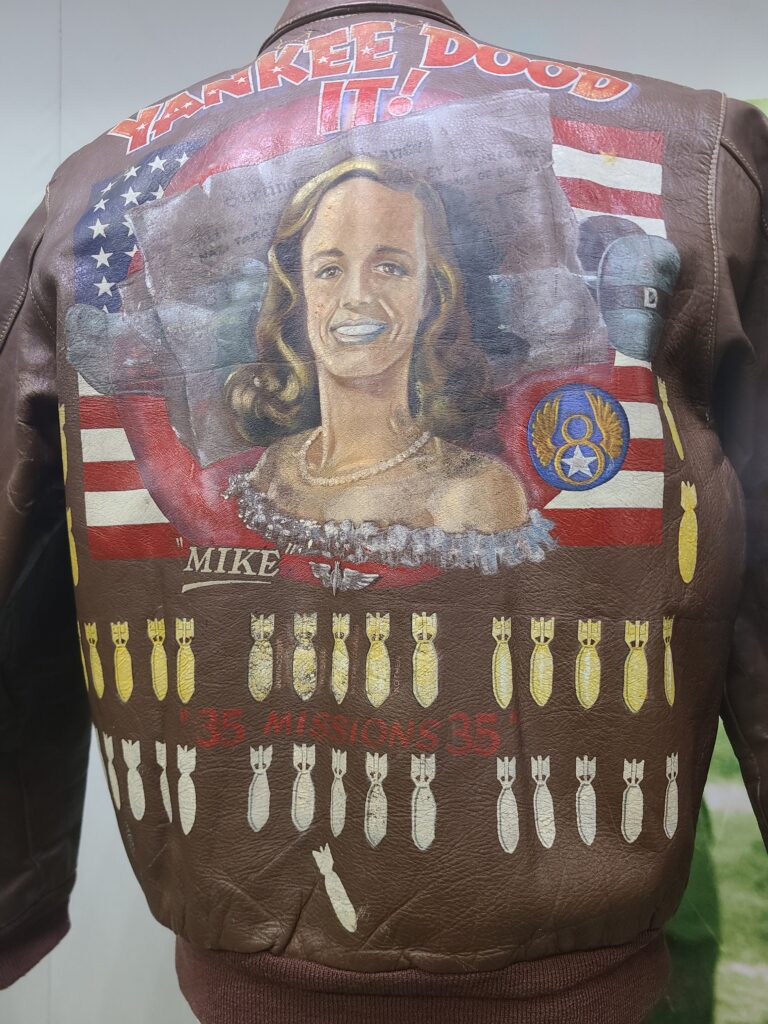
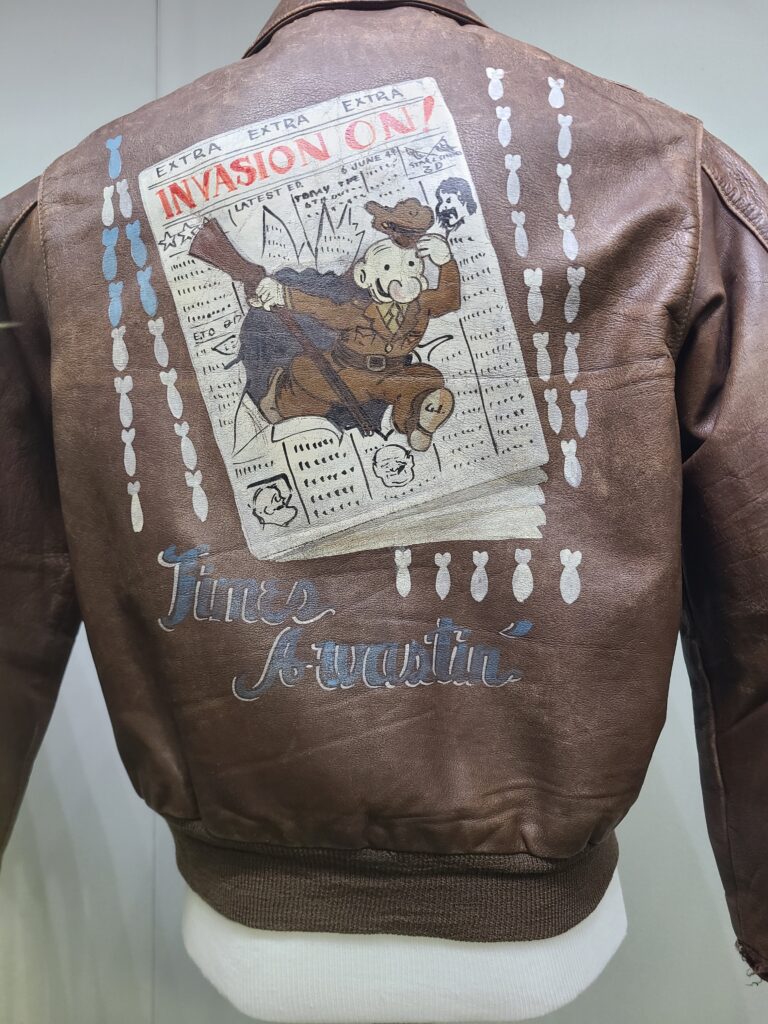
Some are faded and cracked from combat wear, others are vibrant with pin-up art, cartoon mascots, or hand-painted maps of Europe and the Pacific. You can almost feel the character of the airmen who wore them—tough, brave, funny, and fully aware of the risks they faced every time they climbed into a bomber.
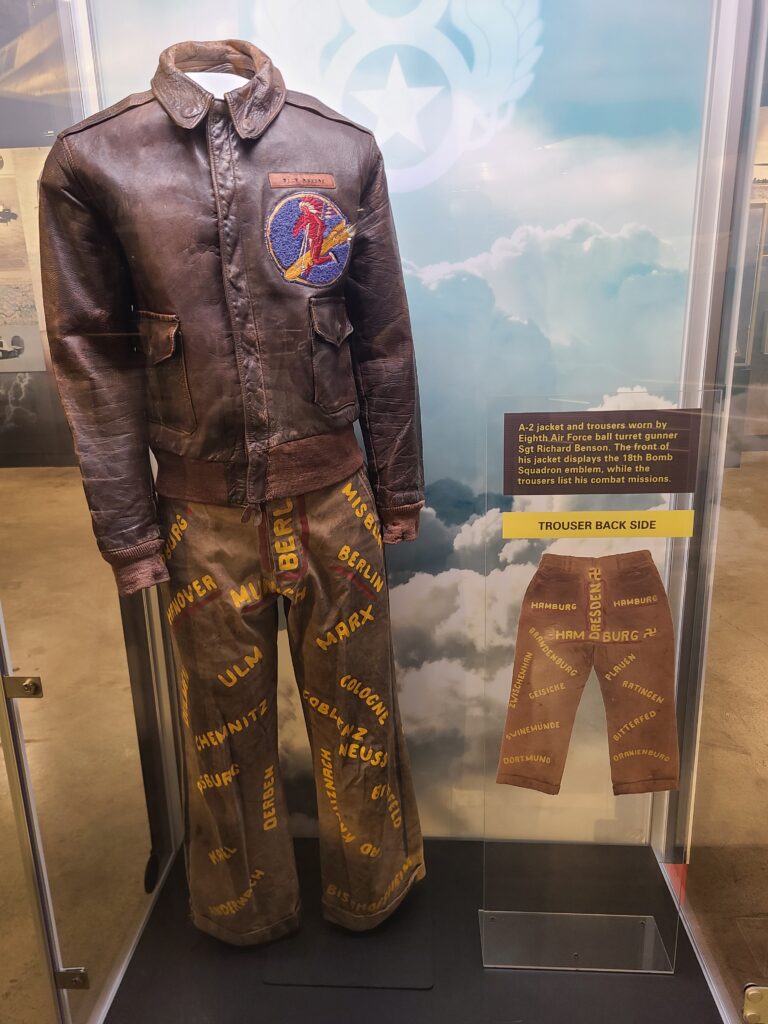
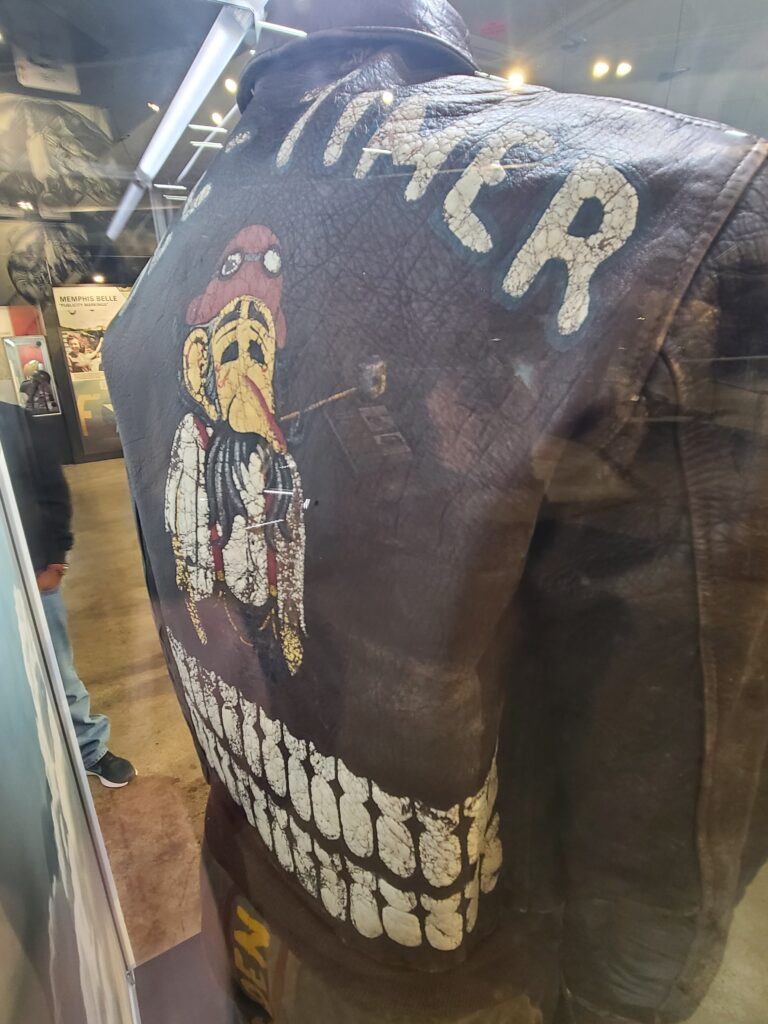
As a history buff, I found this section incredibly compelling. It’s one thing to see a massive aircraft up close, but there’s something deeply personal about a jacket. It makes the war feel immediate and human.
RV-Friendly Travel Tips
Parking was a breeze, even for those of us rolling in bigger rigs. They’ve got a large lot that accommodates RVs, just no overnight parking. We stayed nearby at Wilmington Thousand Trails and had no trouble commuting in for the day.

If you’re curious about the Thousand Trails system, the Camping Pass is a great way to test the waters without a big commitment.
👉 Click here to save $100 on a Thousand Trails Camping Pass – many RVers start here and end up saving thousands over time.
Pro tip: If you’re planning a full day, pack snacks or hit the on-site café. You’re going to need the fuel—you’ll be walking miles inside those hangars.
If you’re in the area, Carillon Historical Park and the Wright Brothers National Museum are great side visits that tie into the aviation theme.
Final Thoughts
The National Museum of the U.S. Air Force is more than just a collection of aircraft—it’s a walk through the legacy of courage, innovation, and sacrifice. It was everything I hoped for and more. Whether you’re a hardcore aviation geek like me or just someone who appreciates the marvel of flight, this place delivers. The scope of aircraft, the depth of history, and the sheer cool factor are unmatched, well, except for the National Museum of Naval Aviation!
I walked out of there with a full memory card, sore feet, and a huge grin on my face. Lisa was probably relieved I didn’t try to smuggle home a jet engine.
If you’re anywhere near Dayton—or even if you’re not—go. Trust me. You’ll walk out inspired, amazed, and maybe just a little more in love with flight.
Have you been to the Air Force Museum? Got a favorite aircraft or story? We’d love to hear from you in the comments below!
What interesting places can you recommend?
We’re always on the lookout for unique, out-of-the-way experiences to add to our list.
Thanks for taking the time to read our article!
If you have any questions or comments, we’d love to hear from you in the section below.
If you’re looking to build your own home-based business like we have with this webpage, check out Wealthy Affiliate.
Wealthy Affiliate is an all-in-one platform that you can build your whole affiliate marketing business on. It combines training, software, and website hosting into one. This makes the whole process of starting an online business from scratch much easier, especially if you’re new to building a website.


